 Abraham Lincoln
If given the truth, the people can be depended upon to meet any national crisis...
Abraham Lincoln
If given the truth, the people can be depended upon to meet any national crisis...
 Guildford news...
for Guildford people, brought to you by Guildford reporters - Guildford's own news service
Guildford news...
for Guildford people, brought to you by Guildford reporters - Guildford's own news service
Birdwatcher’s Diary No.113
Published on: 3 Jul, 2016
Updated on: 3 Jul, 2016
By Malcolm Fincham
A few days’ break gave me the opportunity, once again, to visit my daughter in York.
Officially being allowed to take my cameras on this occasion also gave me the chance of a few ventures.
Although my birdwatching opportunities were not as intensive as I personally prefer, it was accepted by my wife that I would be able to get a few pictures of the wildlife while taking in the beautiful vistas across the Yorkshire moors and dales, during our stay.
However, my first undertaking was to visit York Minster, as I did in my report in March this year.
It was to see if I could relocate the peregrines there. However, they blend in so well with the architecture and York stonework, that it is not easy to get one’s ‘eye in’ and pick them out, as my daughter found to her frustration, as I tried to point out were I could see the female perched.
Eventually, with the aid of my binoculars, she was delighted to pick her out as it watched down upon us from a stone grotesque high up on at the north-west end of the minster.
It wasn’t long before the falcon started to let out her typical screeching sound. She had spotted her partner as he returned from a hunt carrying something in his talons.
It was immediately obvious to me that they hadn’t raised any young there this year, as I’m sure they would have been creating plenty of noise too at the sight of the adult tercel, returning with food.
Staying for a few days near the North York Moors was a lifetime first for me, revealing some delightful scenery.
And although unfamiliar with the area, it still gave me some good photo opportunities.
Curlews, the largest of our British waders, could be seen in their breeding grounds on the surrounding moorland.
Occasionally taking flight and making their haunting call.
Lapwings could be seen, some now tending to their fluffy chicks.
Looking with keen eyes across the heather, I was also able to point out to my wife several red grouse, as their heads could be glimpsed above the heather.
It wasn’t long before she had started to get her eye in too, eventually pointing several out to me in return.
Common snipe can also be an elusive bird to spot as they blend in with their surroundings, so catching sight of one close by was a real bonus.
Among other birds seen in areas near the dry stone walls that enclosed the sheep roaming the dales were, redstarts finding crevices in the stonework to raise their young.
Yellowhammers could be heard in good numbers from the hedgerows along the country lanes as we drove along them with windows open.
Willow warblers also added to the pleasant sounds of the countryside there.
Adding to my list of record shots were hares, seen feeding on grassland.
Swallows hawking low catching insects.
Along the streams and lakes, trout could be occasionally seen jumping for mayfly.
While pied wagtails joined them as they flew out of reach for the trout.
And their cousins, the grey wagtails, competed with house sparrows along the riverbanks for bugs and insects.
House martins could be seen returning with food to their nest sites in the eaves of old buildings.
The highlight of the holiday, for me, had to be a visit to Bempton Cliffs, RSPB reserve.
I was immediately impressed on our arrival by the sight of tree sparrows. Although common in the area, they are a rare sight in Surrey these days.
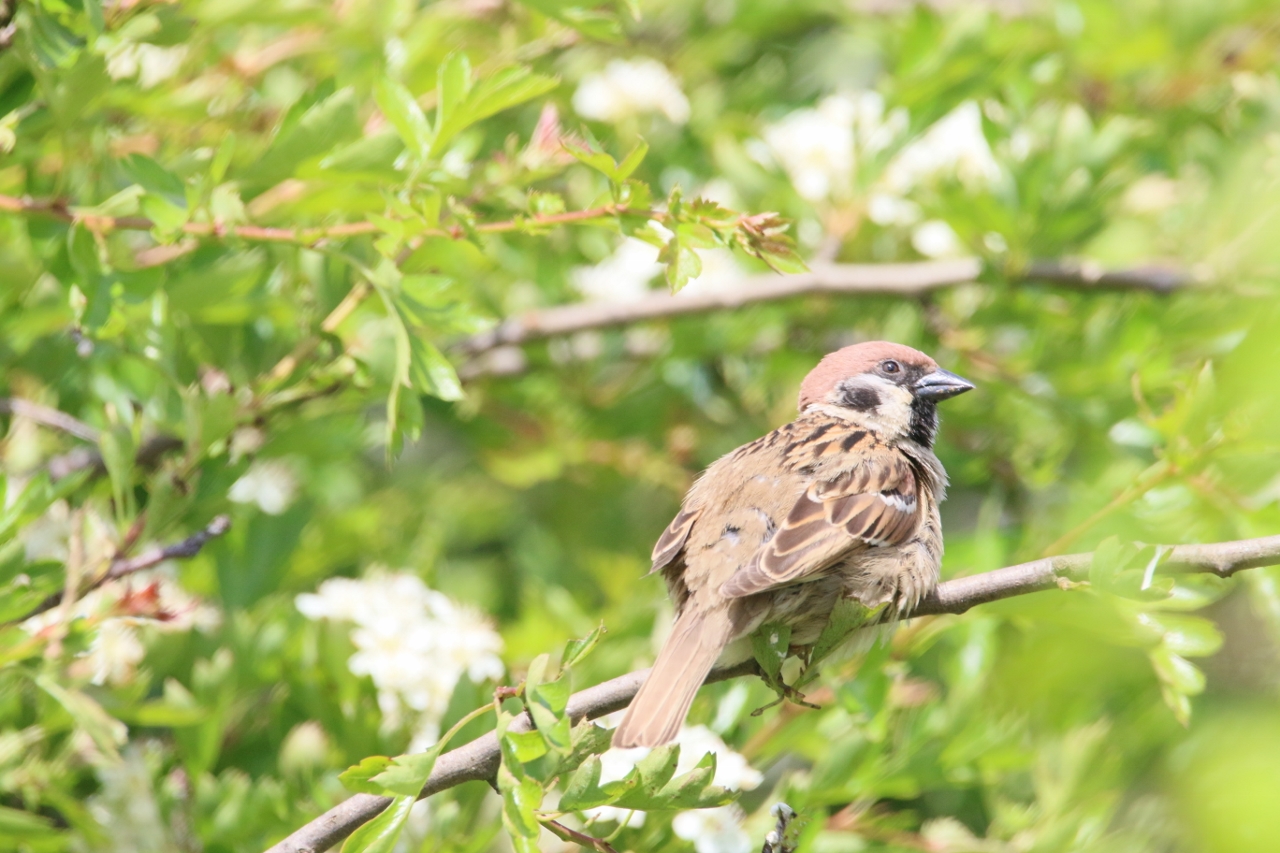
If you live in North East England and eastern Scotland, tree sparrows may be more familiar to you than house sparrows.
Having not seen them myself for a good few years, I took advantage of overloading my camera (and adding a few extra ones to this report) with plenty of pictures of this gregarious and photogenic species as they feed and nested near to the visitor’s centre.
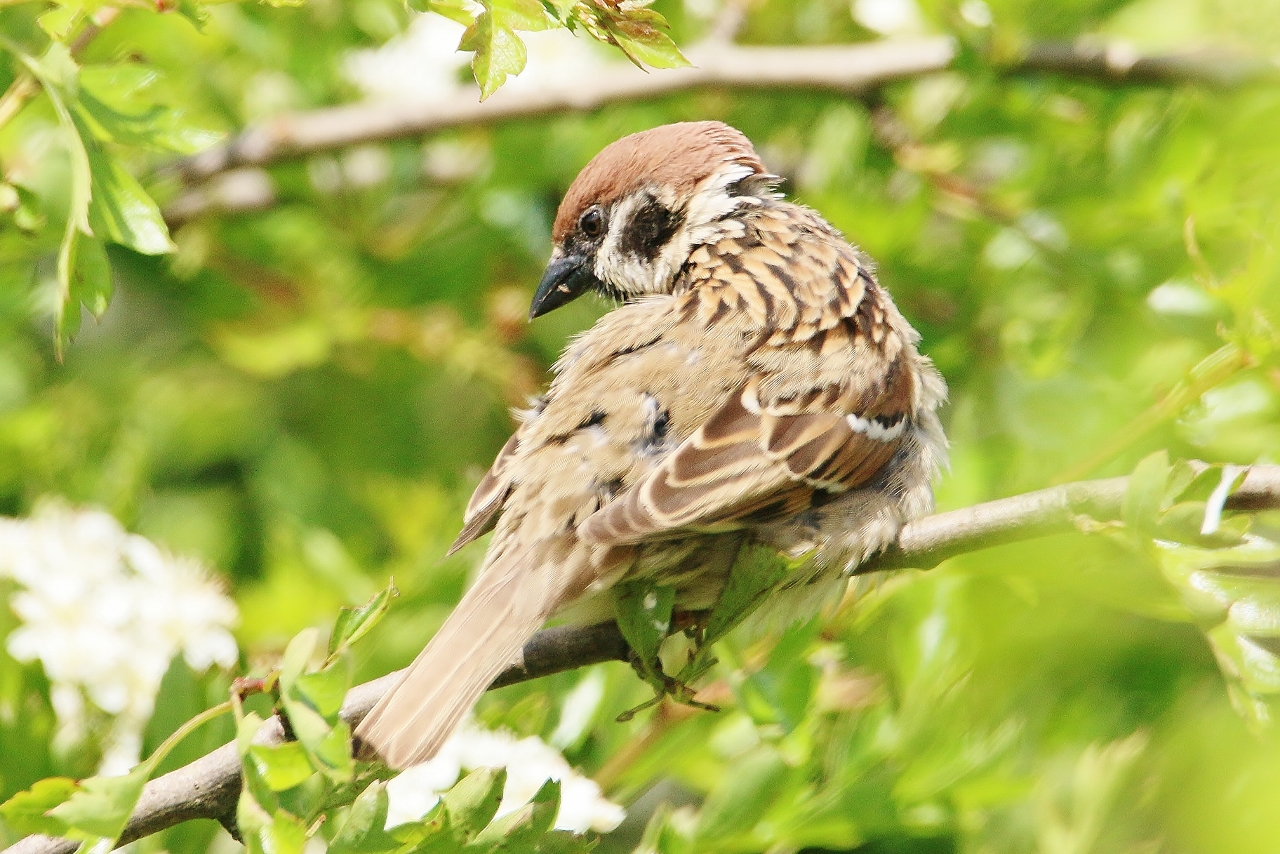
Tree sparrows have a warm red-brown crown, white patches to the side of the head and a small black cheek patch. Males and female look similar.
Tree sparrows are typically found in lowland countryside preferring land suitable for growing crops. If you live in North East England and eastern Scotland, tree sparrows may be more familiar to you than house sparrows, which have undergone significant losses in South East England.
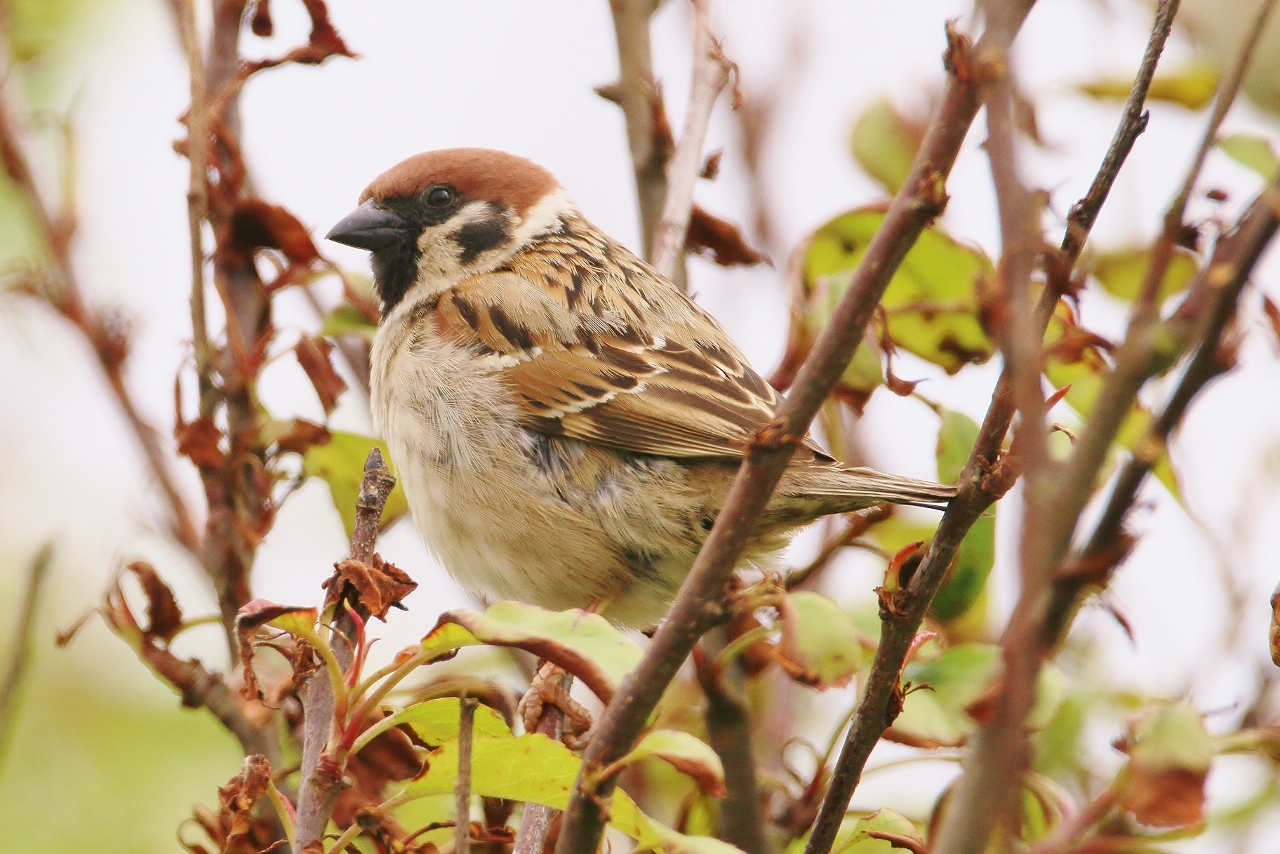
Tree sparrows are similar to house sparrows and were not officially differentiated in England until 1720.
Their decline is associated with a number of circumstances including: intensive agriculture, hedgerow clearance, loss of old trees, conversion of farm buildings to residences, and more efficient farming techniques.
Their cousins, the house sparrow, has historically dominated urban areas, but have also decreased recently, estimated as dropping by 71% between 1977 and 2008.
With improving weather and the sun attempting to break though, my prospects of getting some reasonable photos continued to improve at the cliff face.
My first notable sightings were squadrons of gannets, majestically drifting past at eye level.
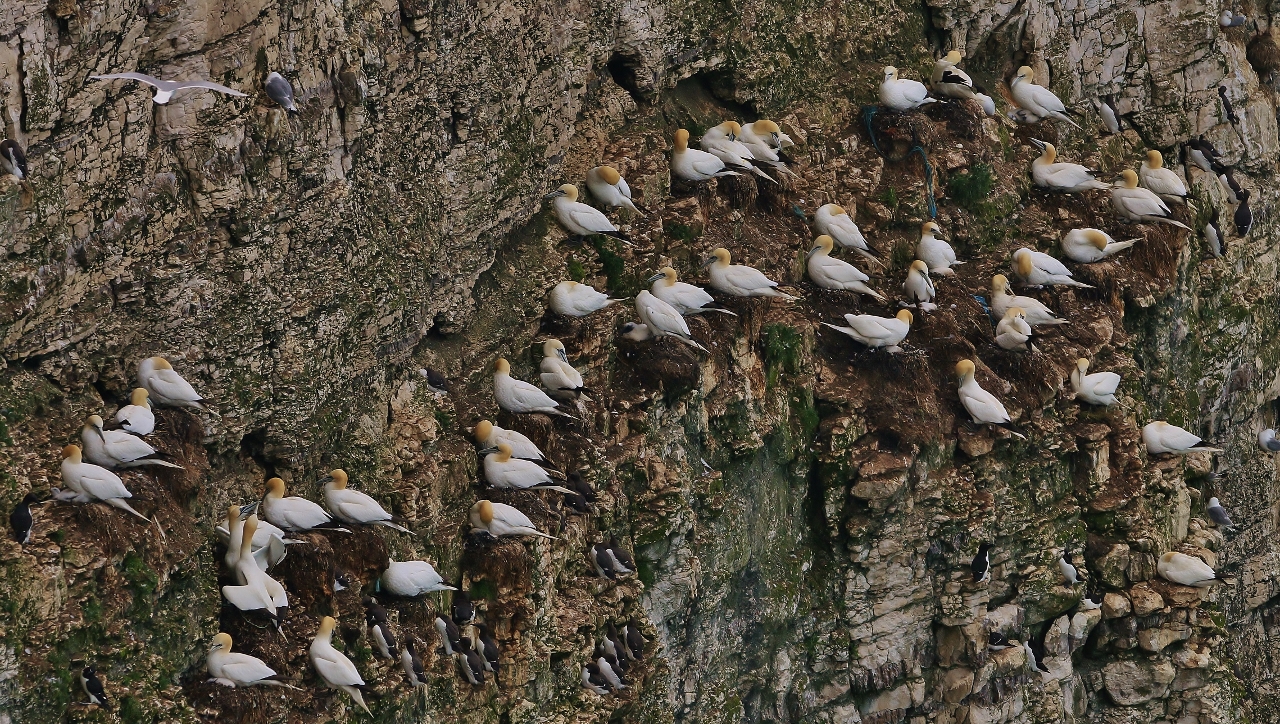 Looking down from the security of the viewing platforms, colonies of gannets could be seen precariously resting along the cliff-face.
Looking down from the security of the viewing platforms, colonies of gannets could be seen precariously resting along the cliff-face.
On closer inspection and surprise, some were actually raising young, while tightly hugging the precipice.
Guillemots also jostled for positions along the narrow ledges.
With some also raising young.
The closer I looked, I realised the cliff resembled a large layer-cake lined with various species.
These included razorbills with their thick black beaks which are deep and blunt, unlike the thinner bill of the similar guillemot.
Guillemots could be seen mainly on a separate layer, although some were happy to share ledges with their ‘auk’ relatives.
Kittiwakes are a gentle looking gull with a small yellow bill and a grey back. Their legs are short and black. In flight the black wing-tips show no white, unlike other gulls, and look as if they have been ‘dipped in ink’.
Along with fulmars, these birds look superficially like gulls but are unrelated, and are in fact petrels.
Fulmars are readily distinguished by their flight on stiff wings, and their tube noses.
With all the activity to watch, it took a while to pick out what many (including myself) would consider the star species there.
Puffins are sometimes dubbed ‘sea parrots’ as well as ‘clowns of the sea’.
Atlantic puffins sport large, brightly-coloured beaks on their substantially-sized heads. Crisp black and white markings on their plumage, as well as superior diving capabilities, have led people to compare the northern sea birds to penguins.
However, Atlantic puffins are actually not related to penguins at all. They are in fact small sea birds that belong to the auk family.
Puffins are specially adapted to living on the open sea. Waterproof feathers allow them stay warm as they float at the ocean’s surface or swim underwater.
Atlantic puffins are also excellent fliers. Flapping their wings at up to 400 beats per minute, puffins can reach speeds of 55mph.
Prising myself from such views is never an easy task. As usual it took a familiar voice at the other end of my mobile phone, telling me my time was up, telling me it was time to make my way back to the visitor centre.

The painted lady is an irruptive migrant, meaning it’s a species that migrates independent of any seasonal or geographic patterns.
But not without spotting four painted lady butterflies.
And a skylark sang overhead as I ambled slowly back, like a child being called in from play.
Recent Articles
- Press Regulator Condemns Behaviour of News Group Newspapers
- MP Says Raw Sewage Flooding Gardens is ‘Absolutely Disgusting’ – ‘Thames Water Must Stop It’
- Opinion: We Should Restore Clandon House
- Police Operation Puts Drug Gang Members Behind Bars
- Letter: Report on Councils’ Collaboration Benefits Has Been Over-hyped
- Council Tenants Unhappy With the Way GBC Handles Their Complaints
- Declaration Marks 750th Anniversary of a ‘Dark Day in Guildford’s History’
- Letter: For Democracy to Work We Need to Engage
- Reported Council Collaboration Savings Contested By Opposition Councillors
- Suspect Arrested Following Collision with Pedestrian in Guildford


Search in Site
Media Gallery
Dragon Interview: Local Artist Leaves Her Mark At One of England’s Most Historic Buildings
January 21, 2023 / No Comment / Read MoreDragon Interview: Lib Dem Planning Chair: ‘Current Policy Doesn’t Work for Local People’
January 19, 2023 / No Comment / Read MoreA3 Tunnel in Guildford ‘Necessary’ for New Homes, Says Guildford’s MP
January 10, 2023 / No Comment / Read More‘Madness’ for London Road Scheme to Go Ahead Against ‘Huge Opposition’, Says SCC Leader
January 6, 2023 / No Comment / Read MoreCouncillor’s Son Starts Campaign for More Consultation on North Street Plan
December 30, 2022 / No Comment / Read MoreCounty Council Climbs Down Over London Road Works – Further ‘Engagement’ Period Announced
December 14, 2022 / No Comment / Read MoreDragon Interview: GBC Reaction to the Government’s Expected Decision to Relax Housing Targets
December 7, 2022 / No Comment / Read MoreHow Can Our Town Centre Businesses Recover? Watch the Shop Front Debate
May 18, 2020 / No Comment / Read More



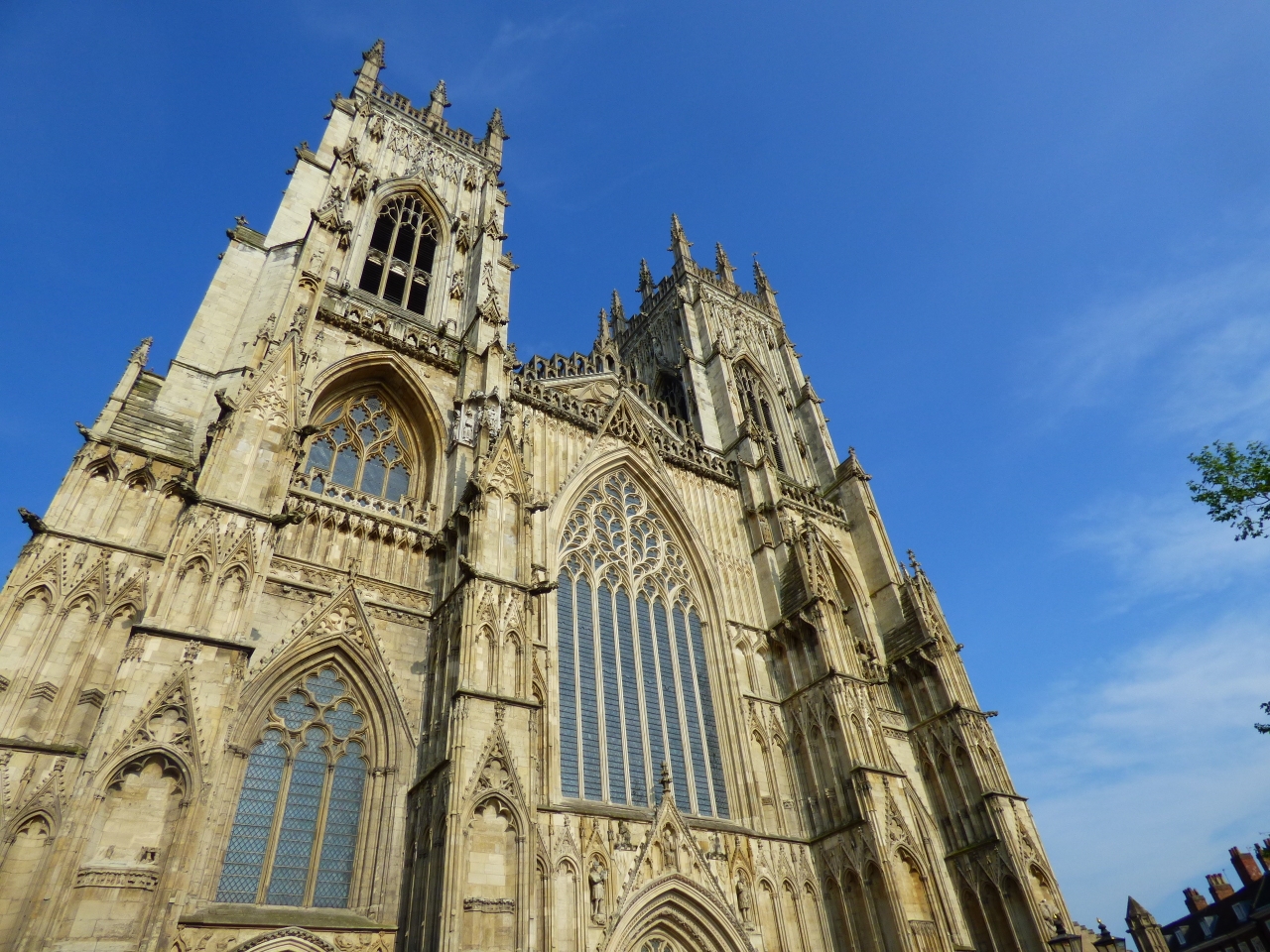


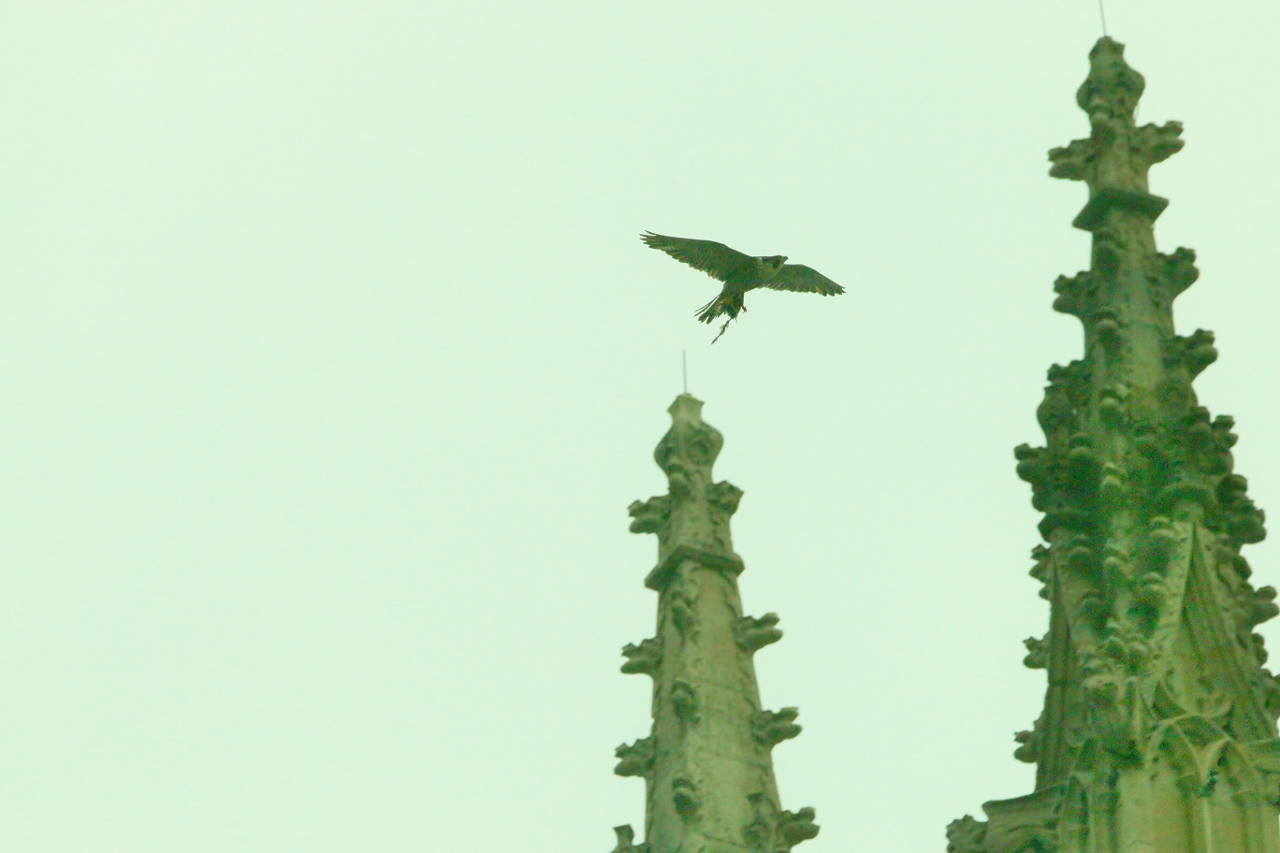
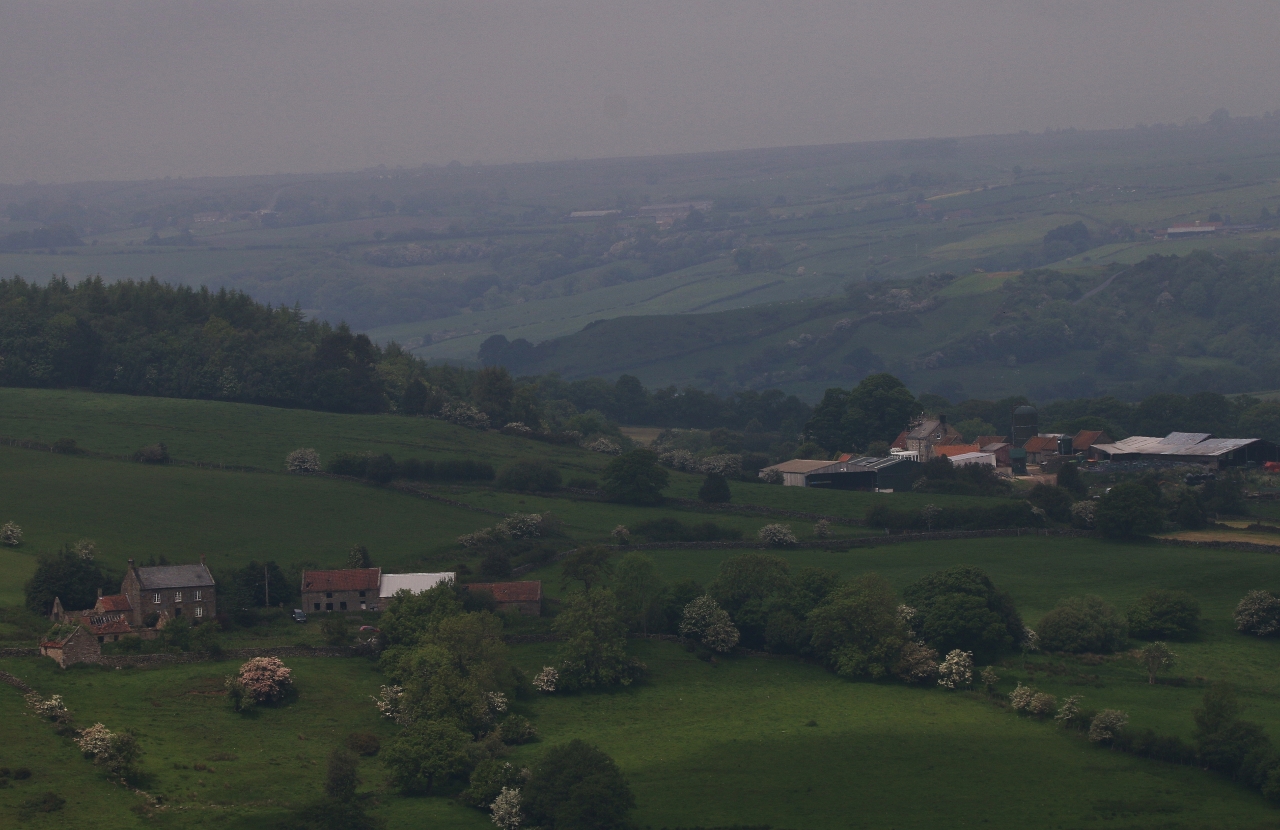
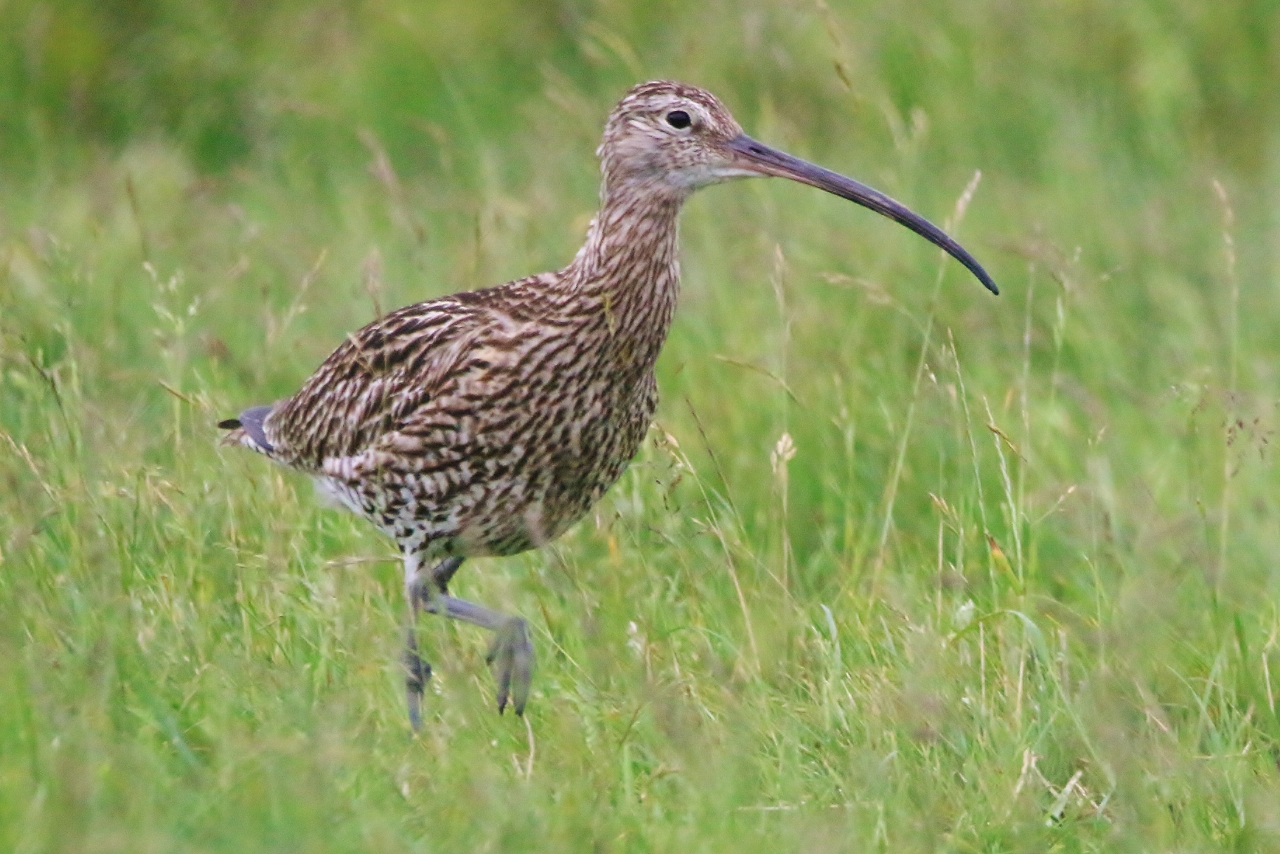


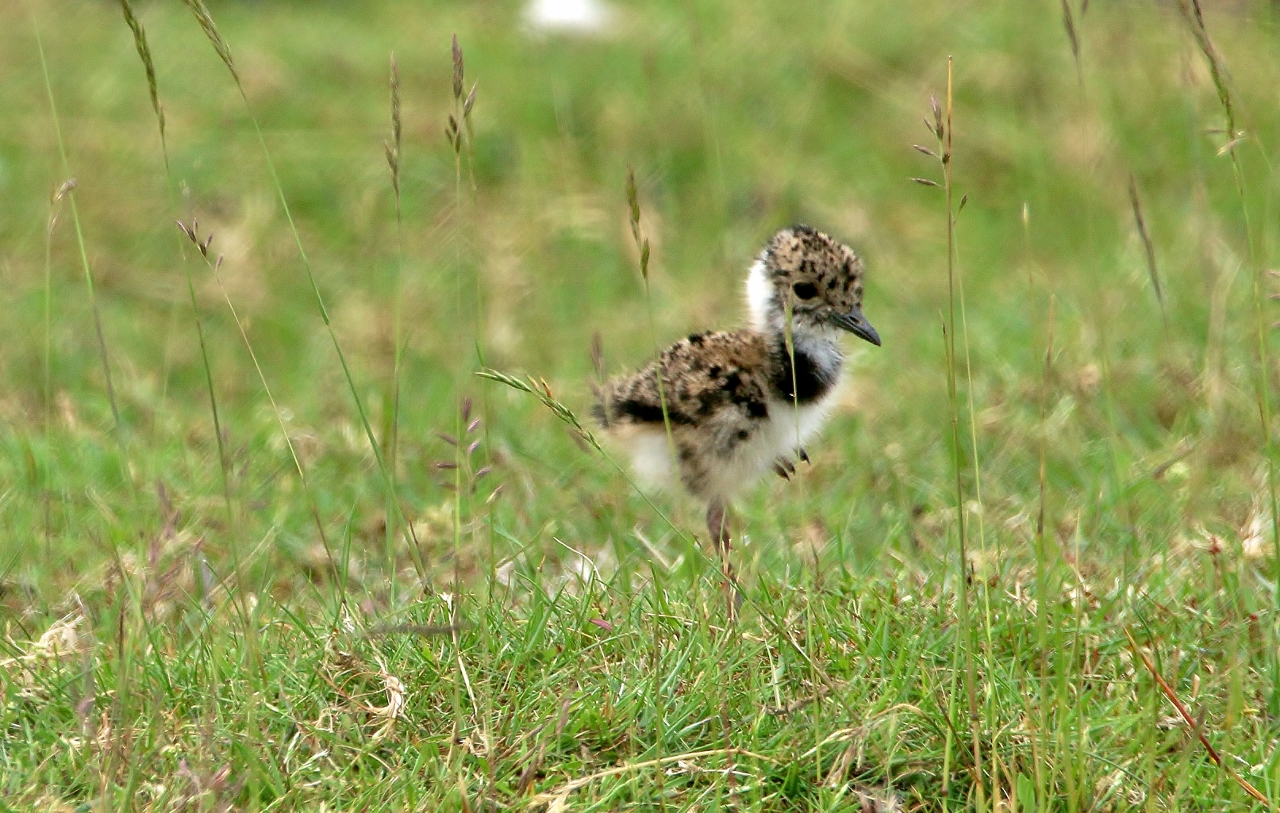
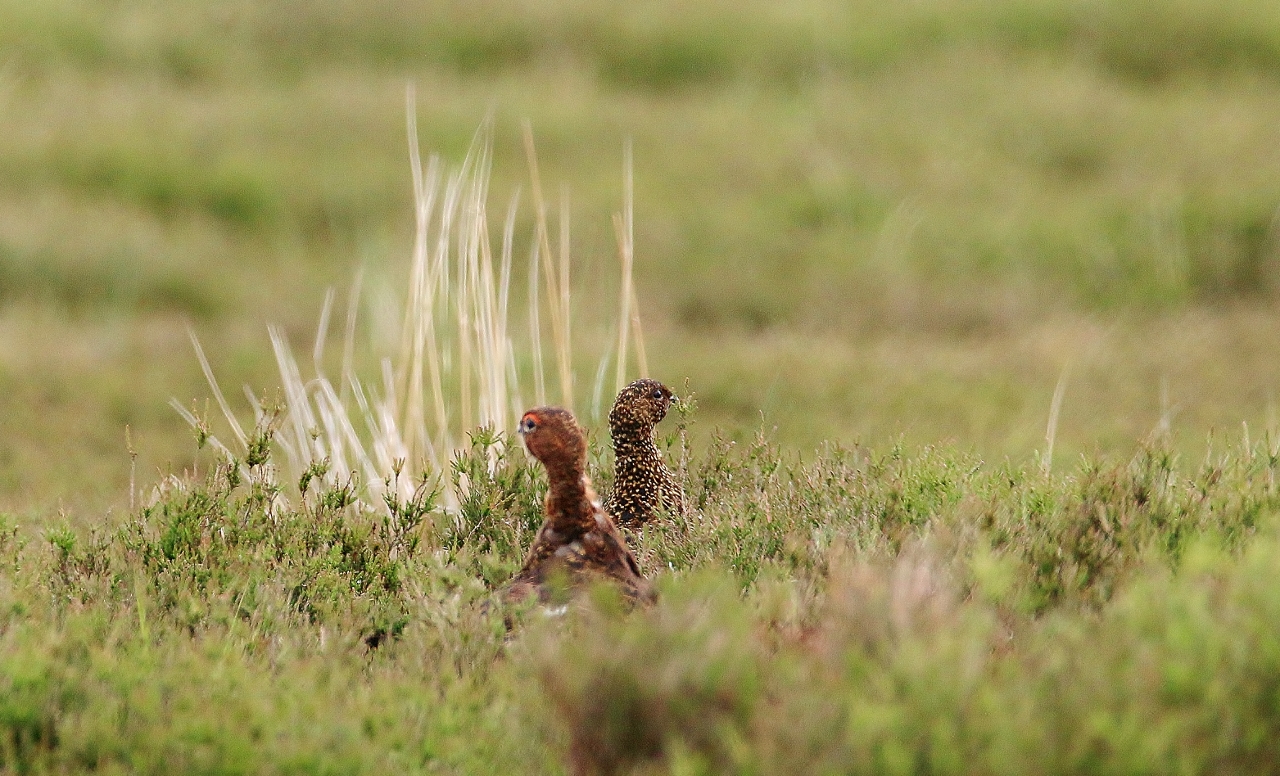
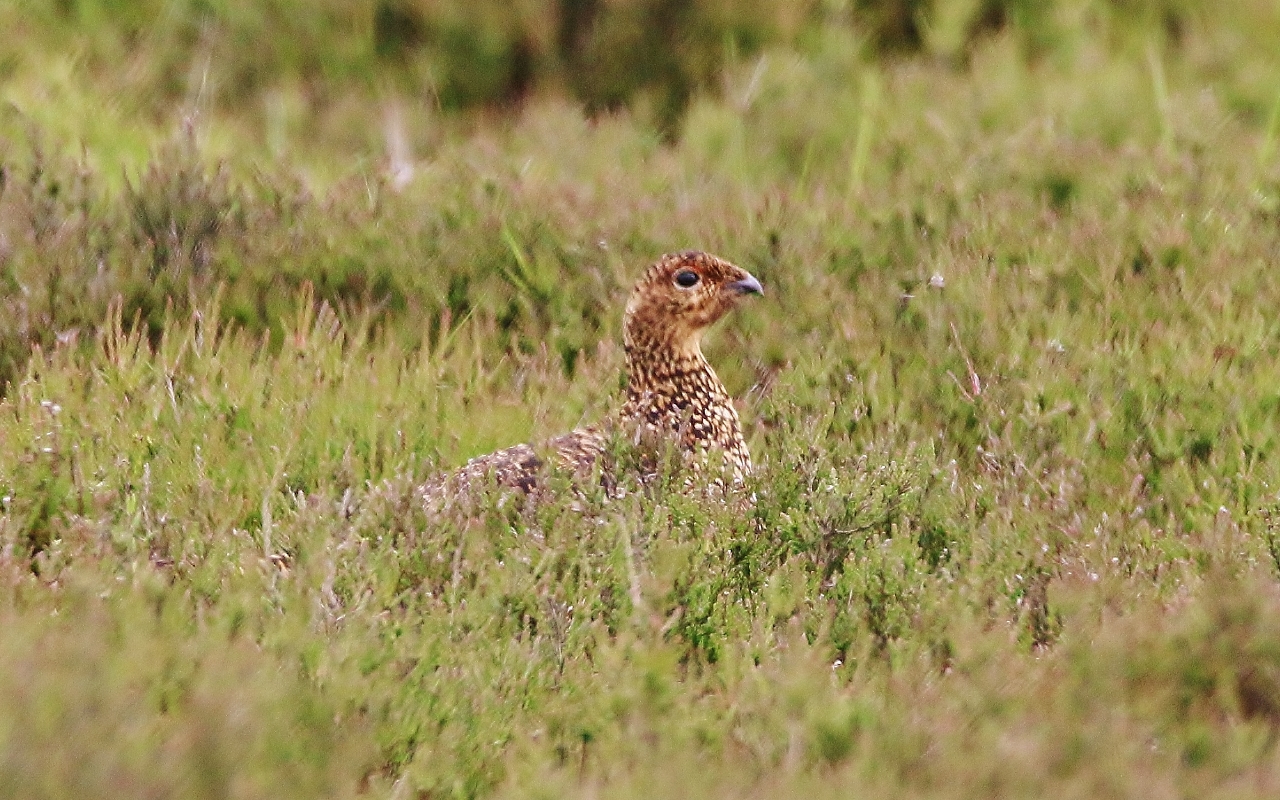
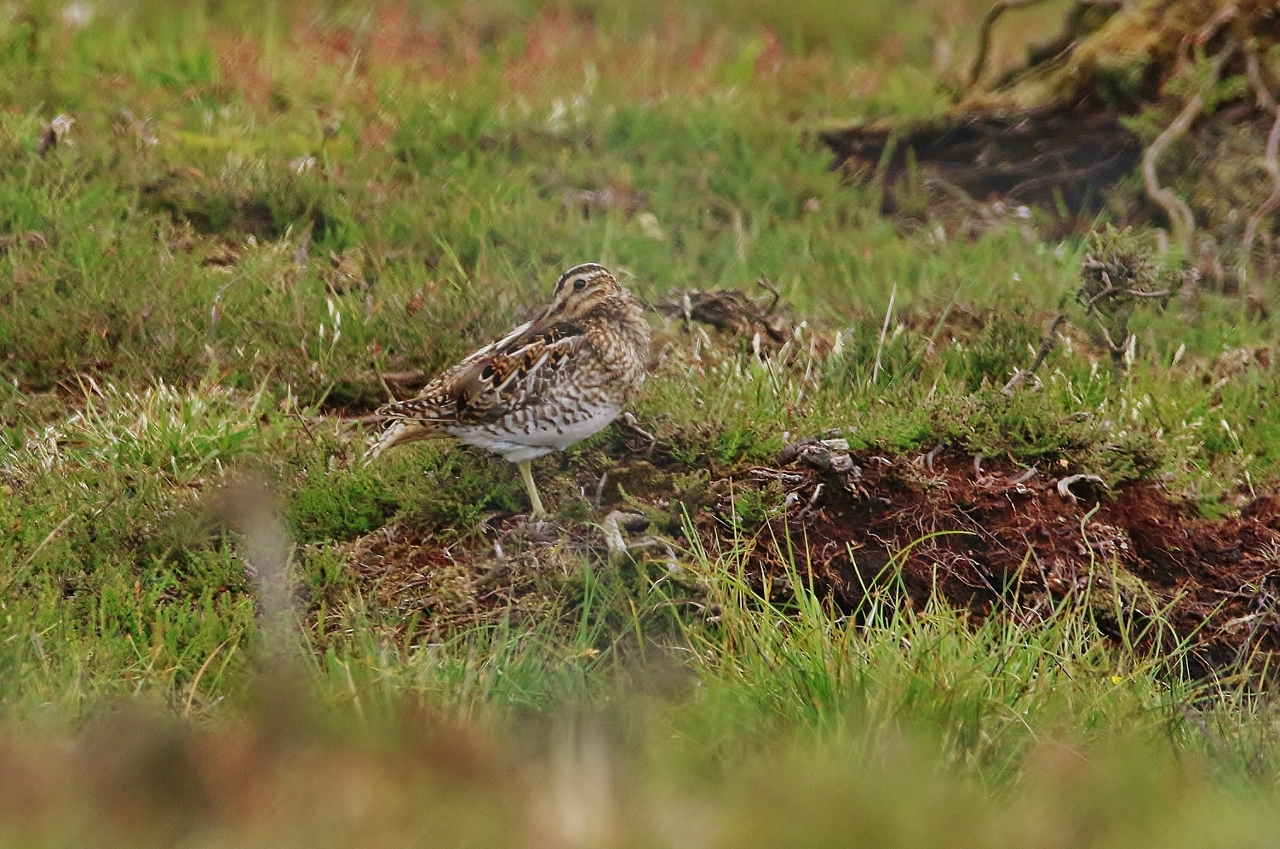
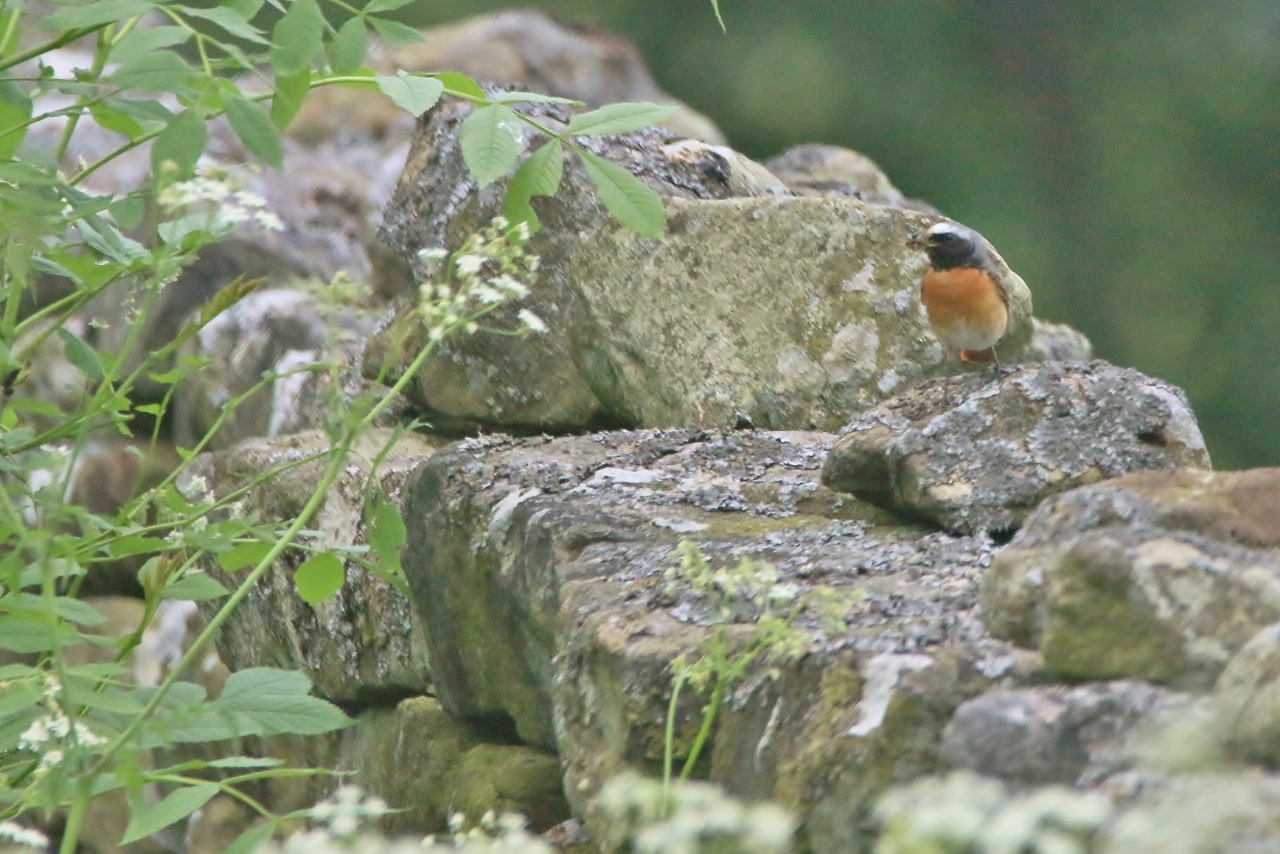
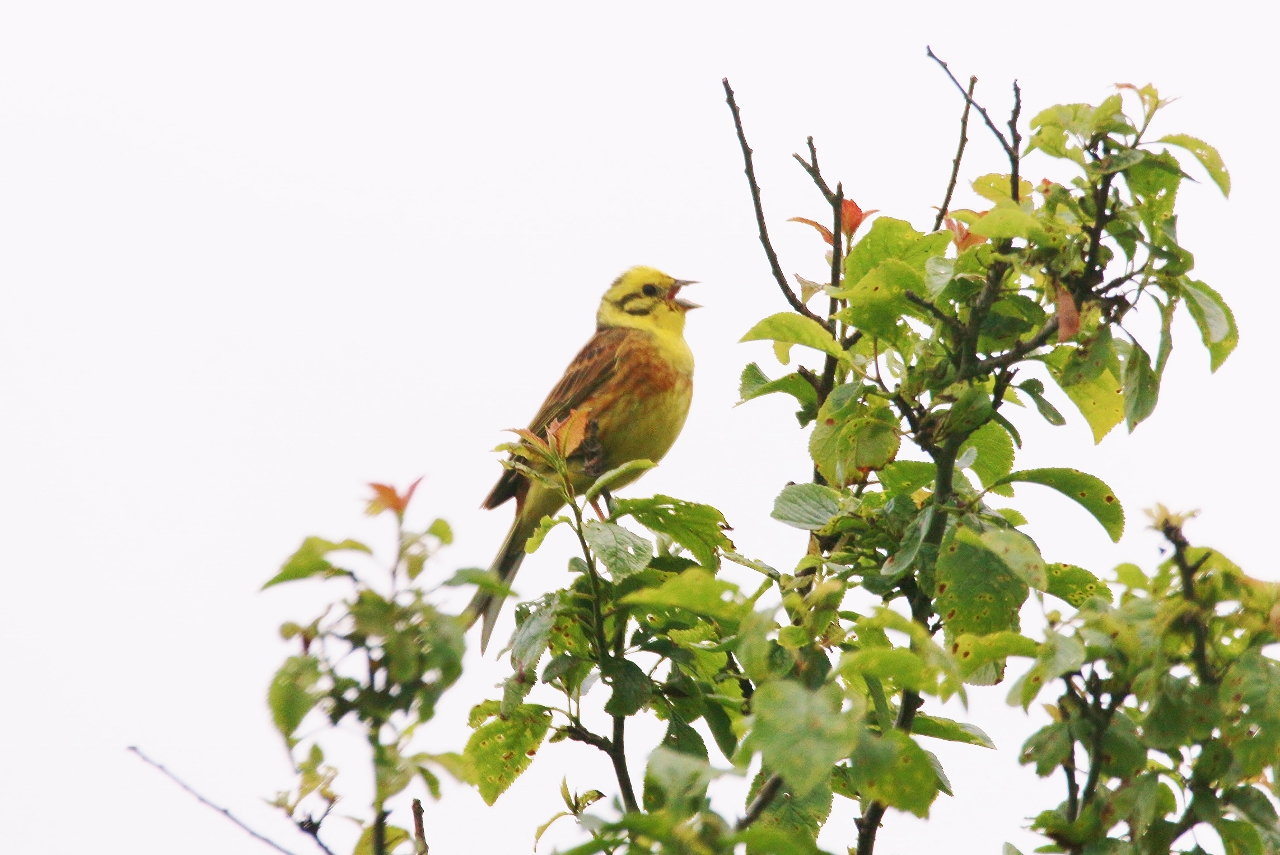
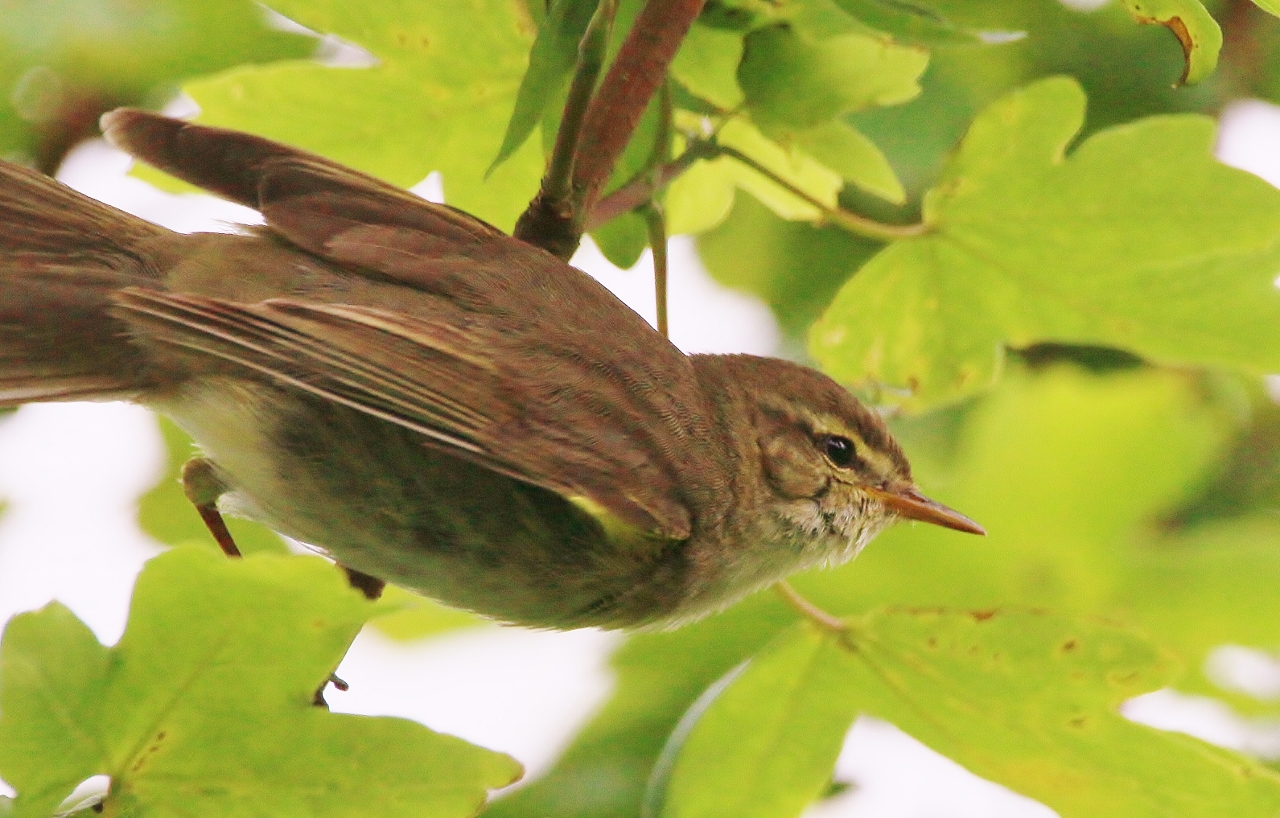
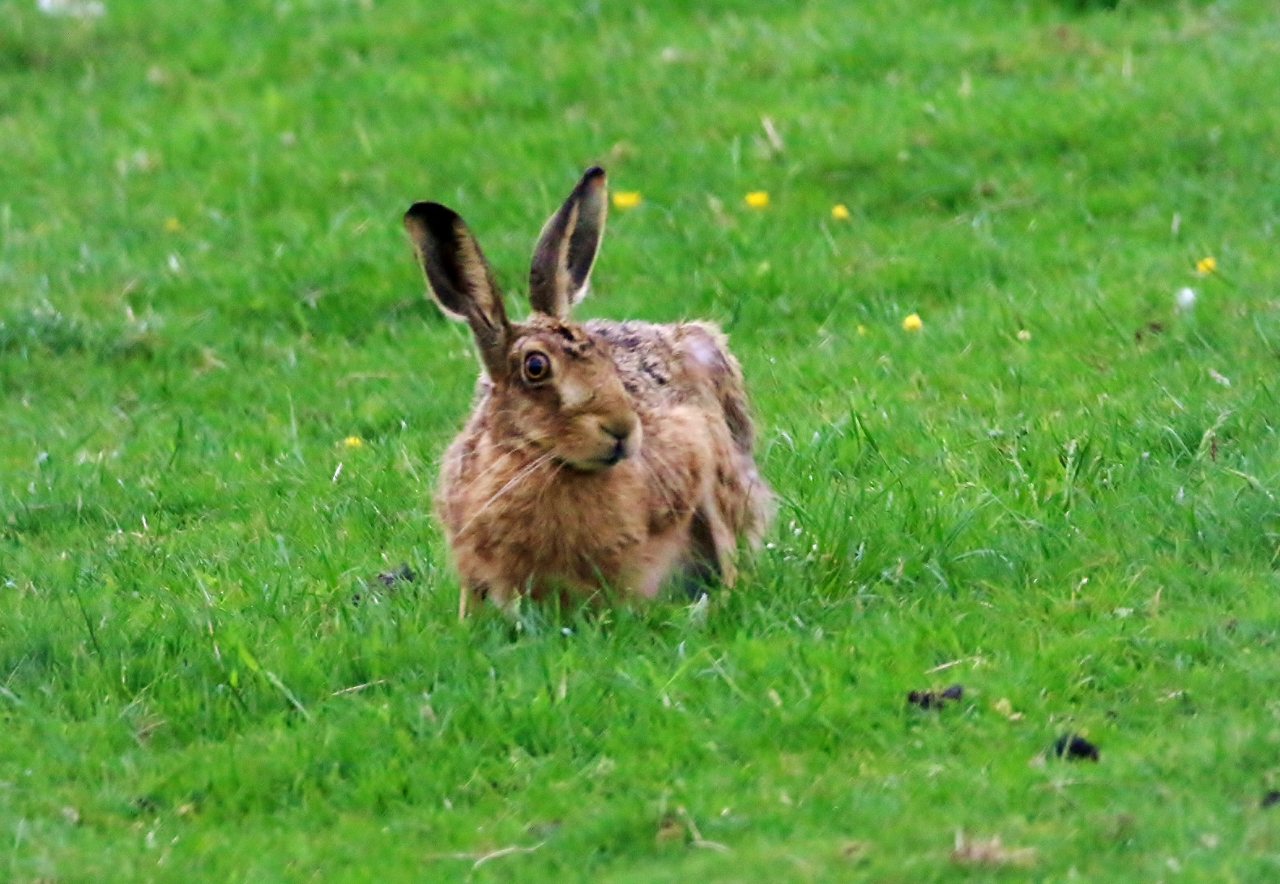
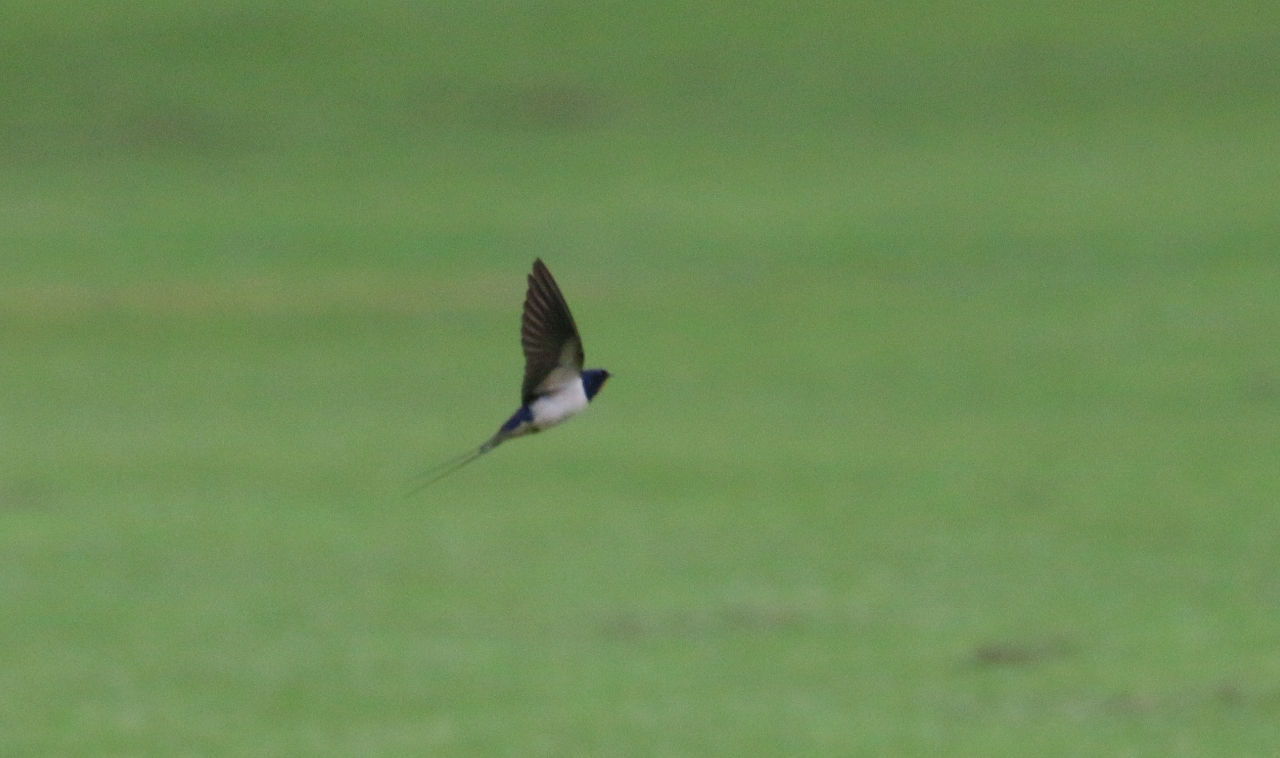
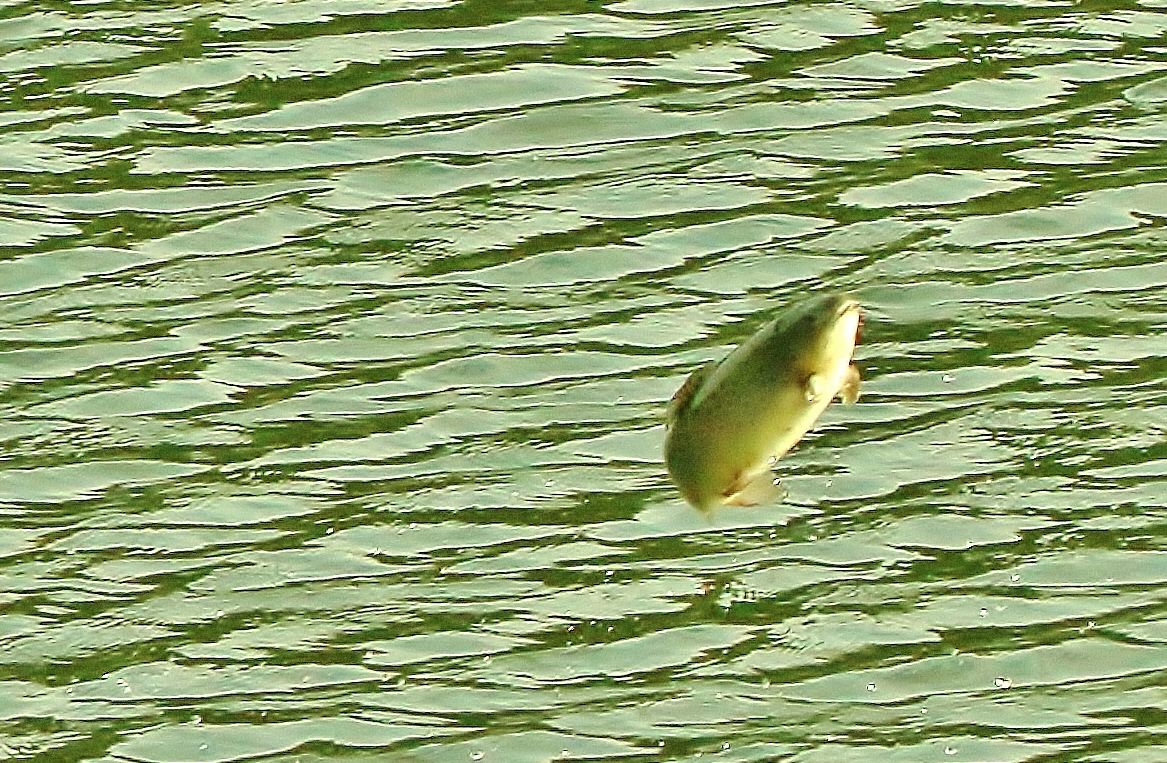
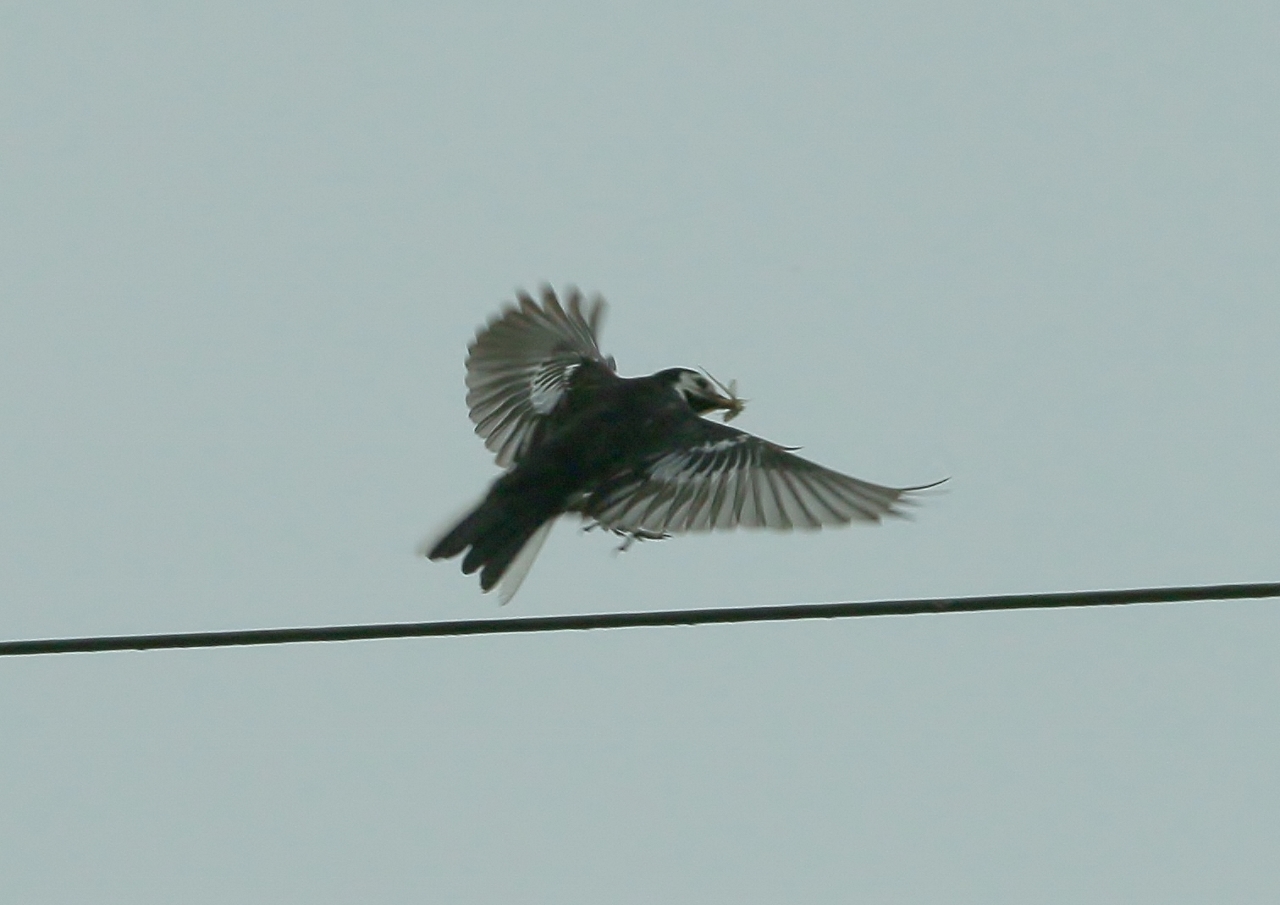
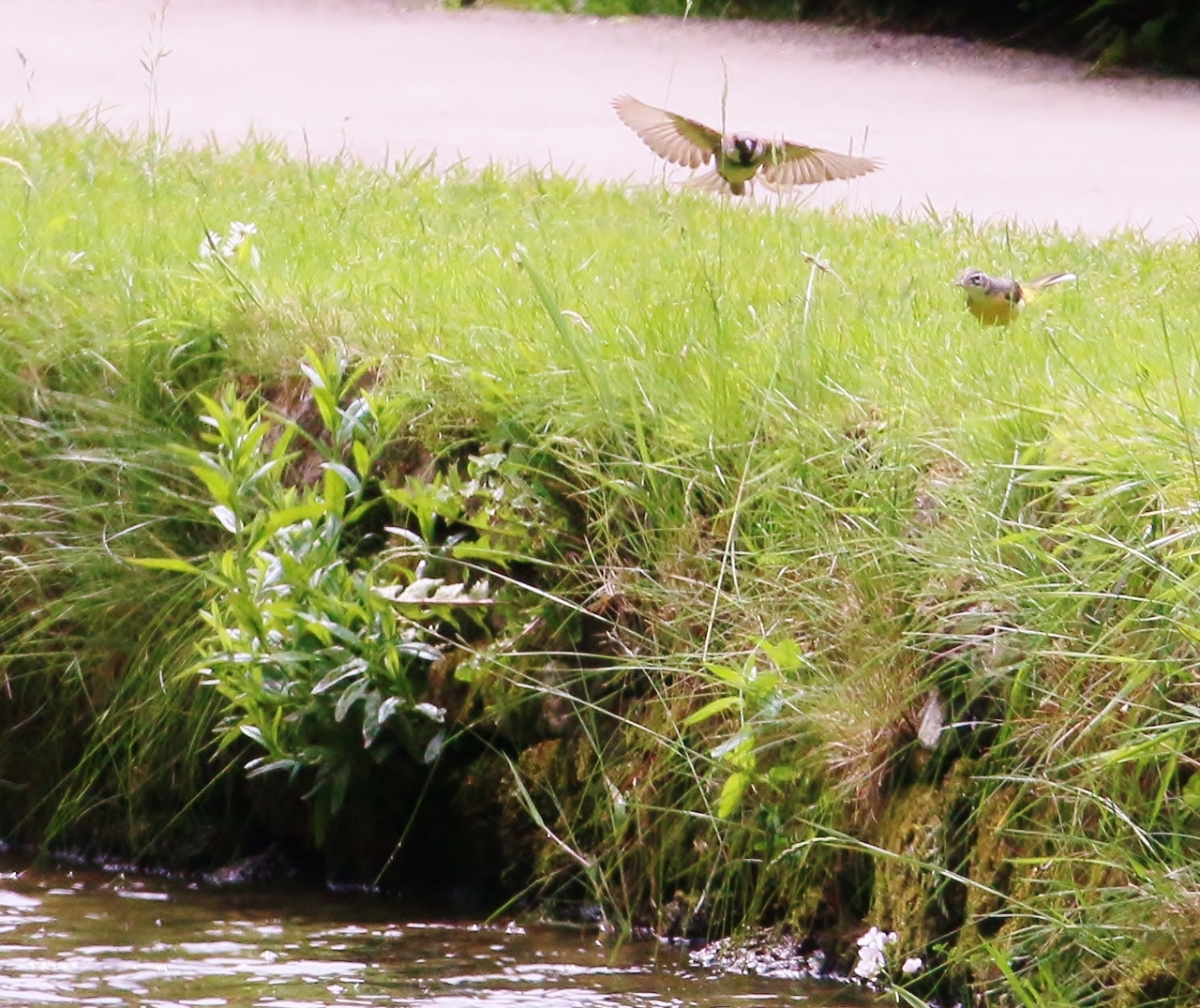
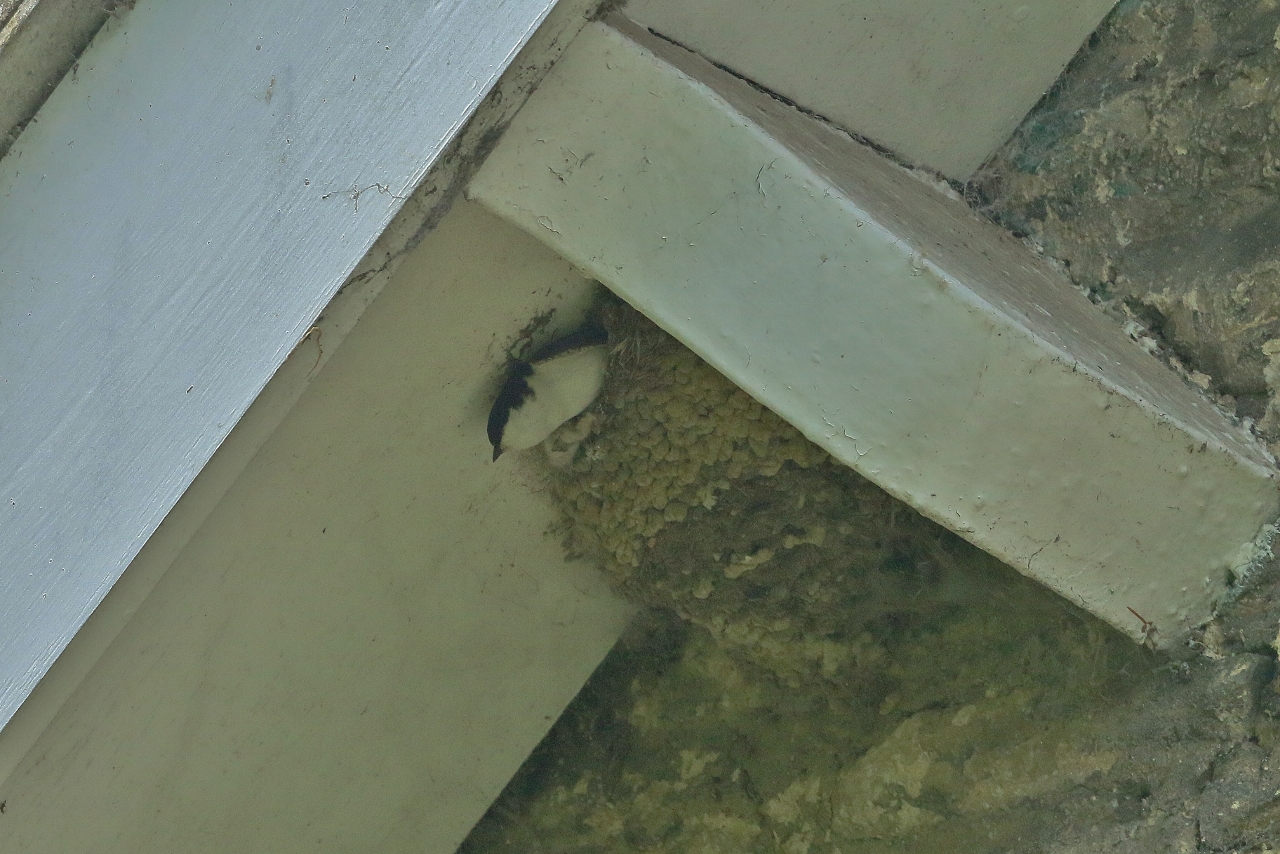
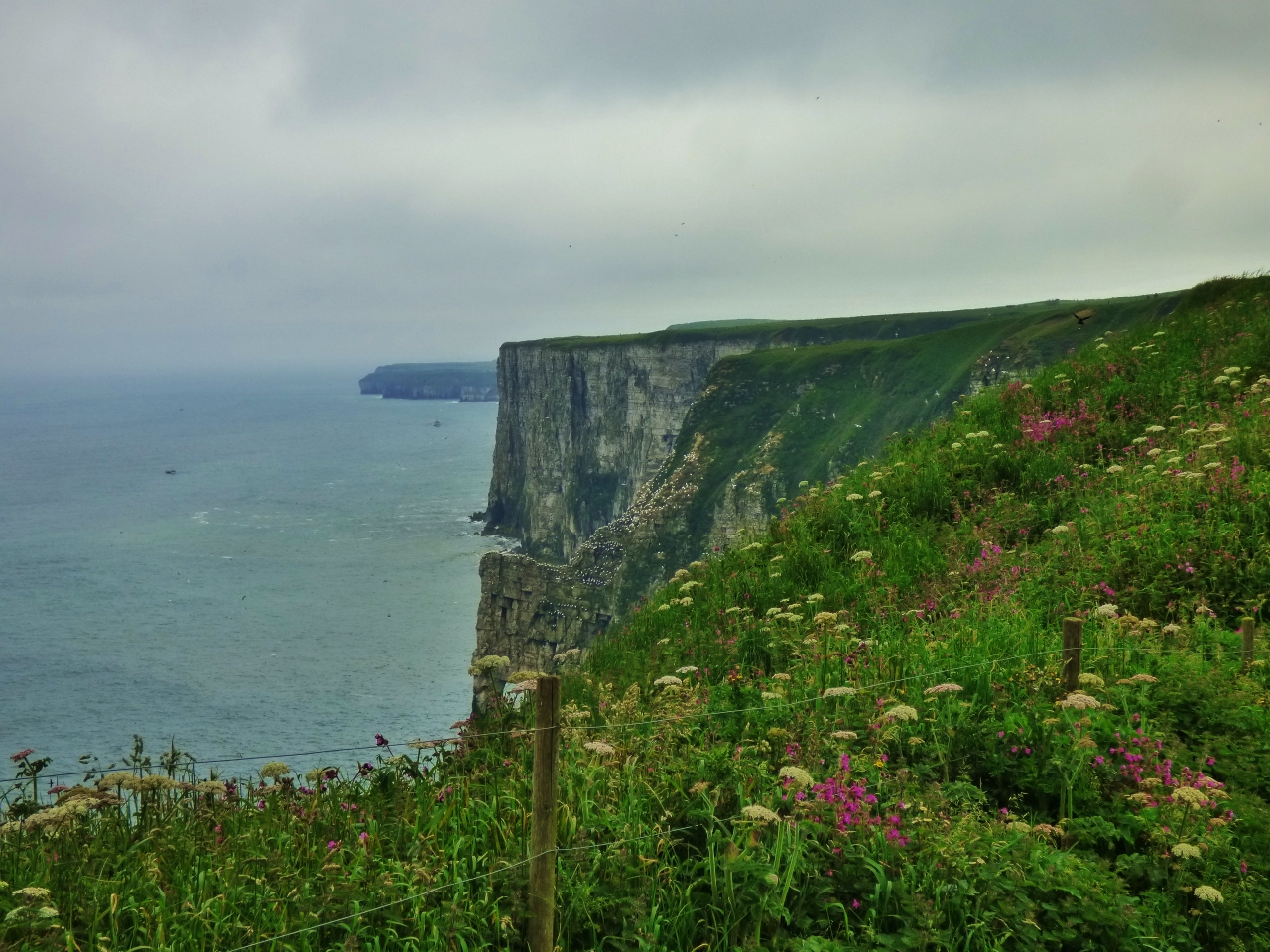
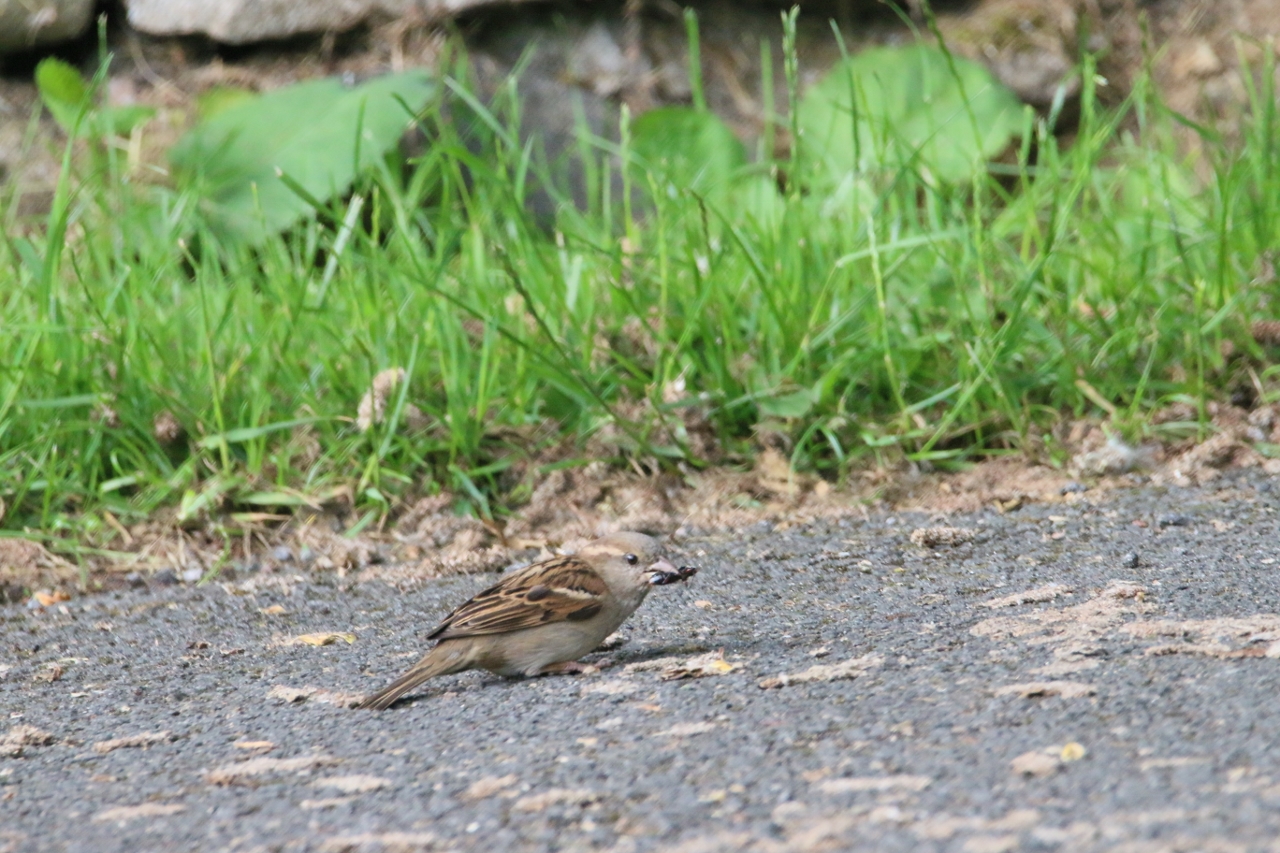
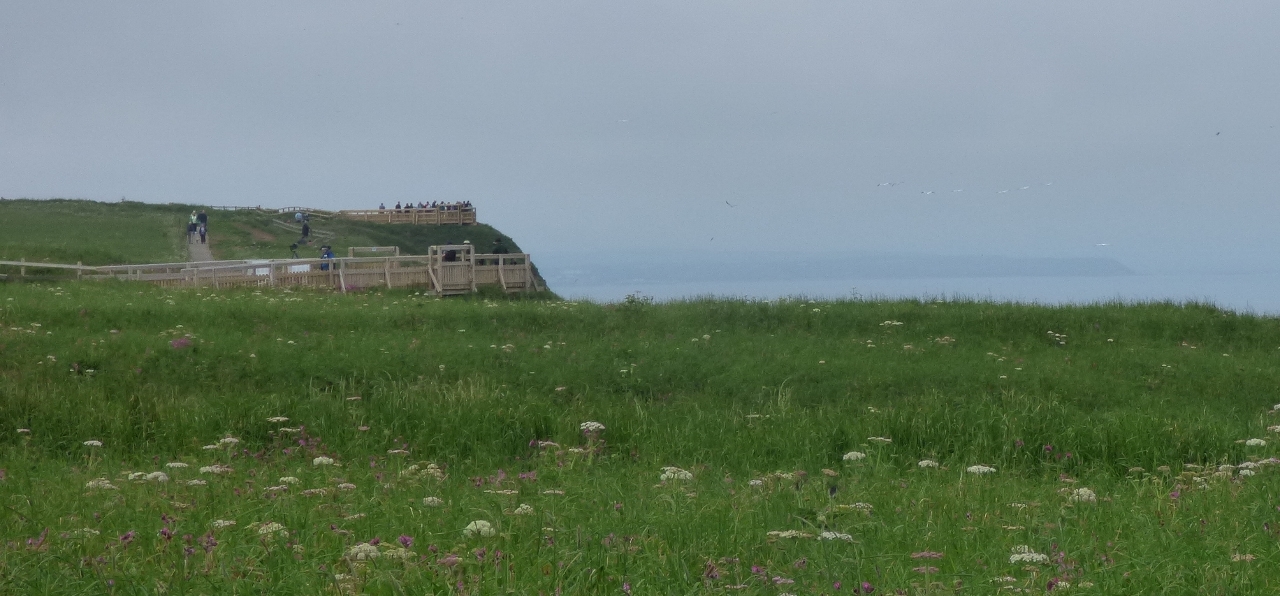
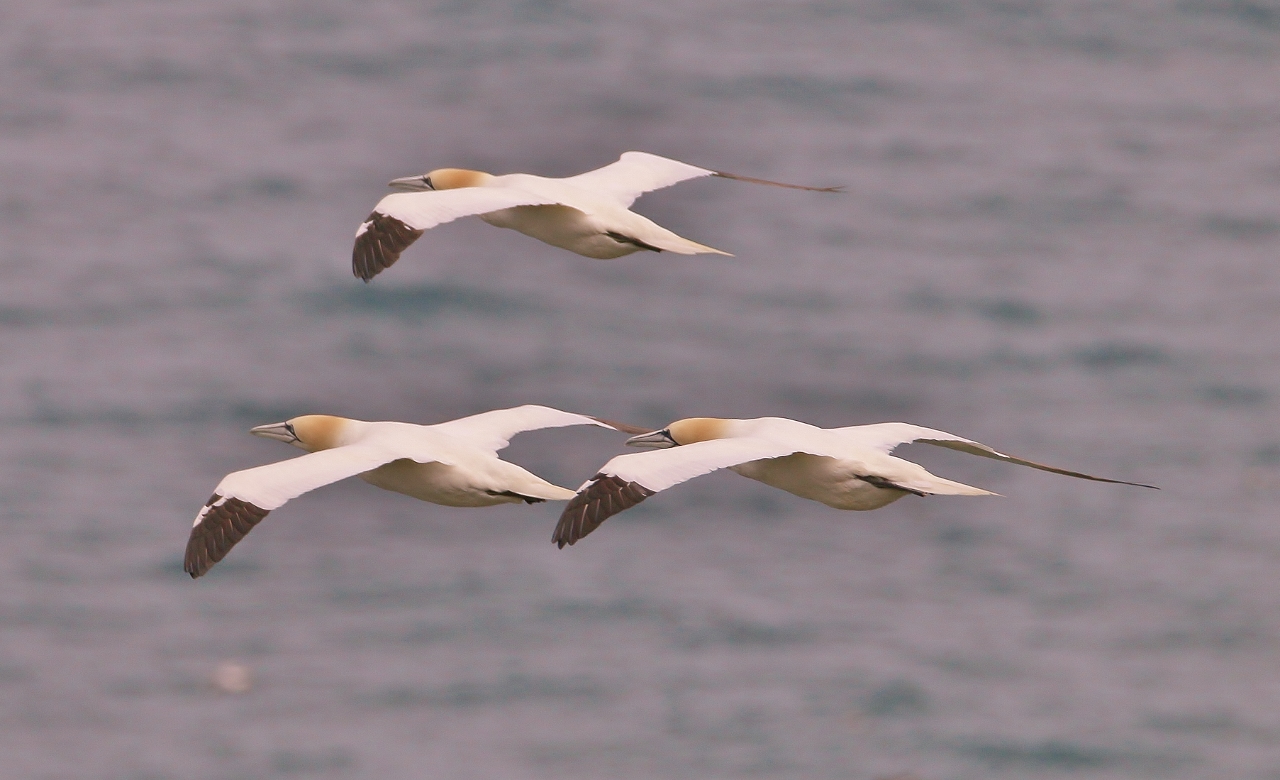
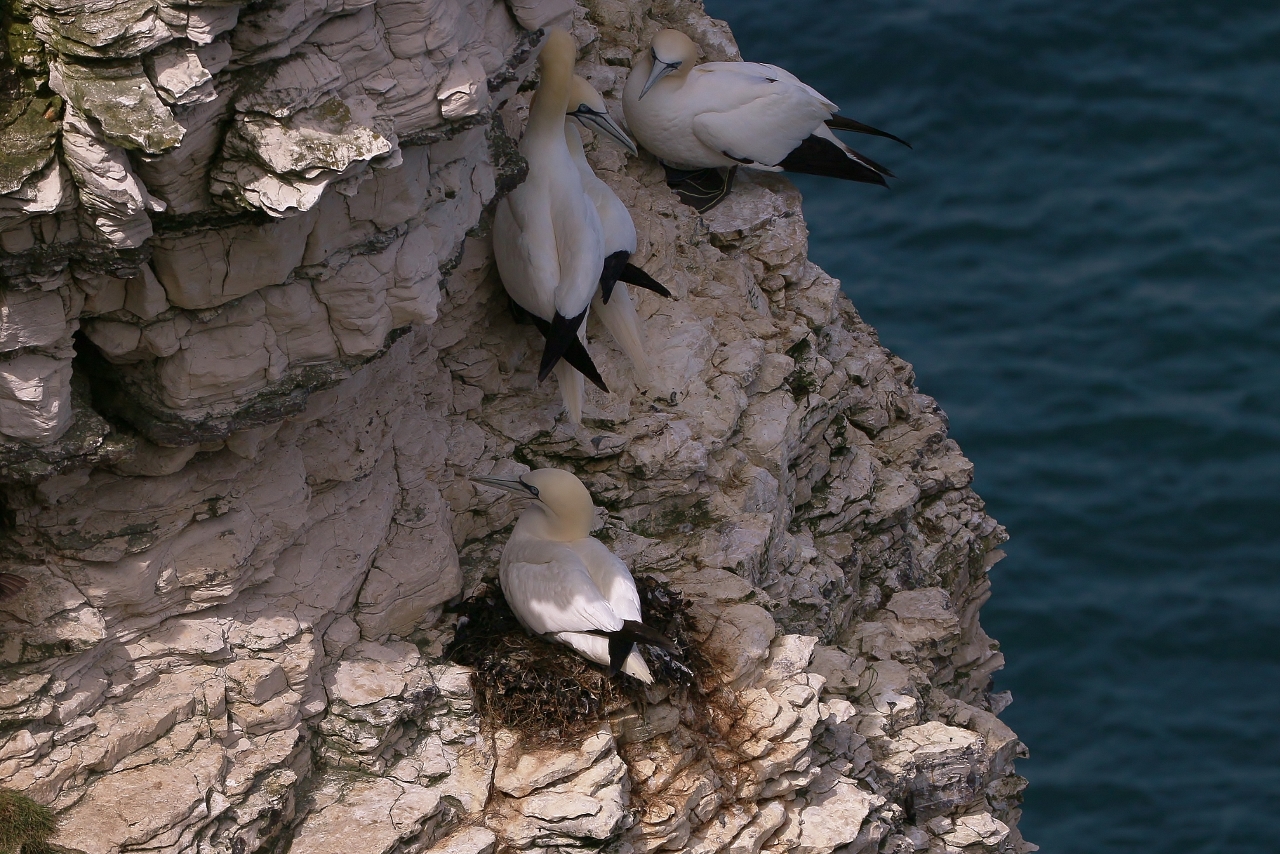


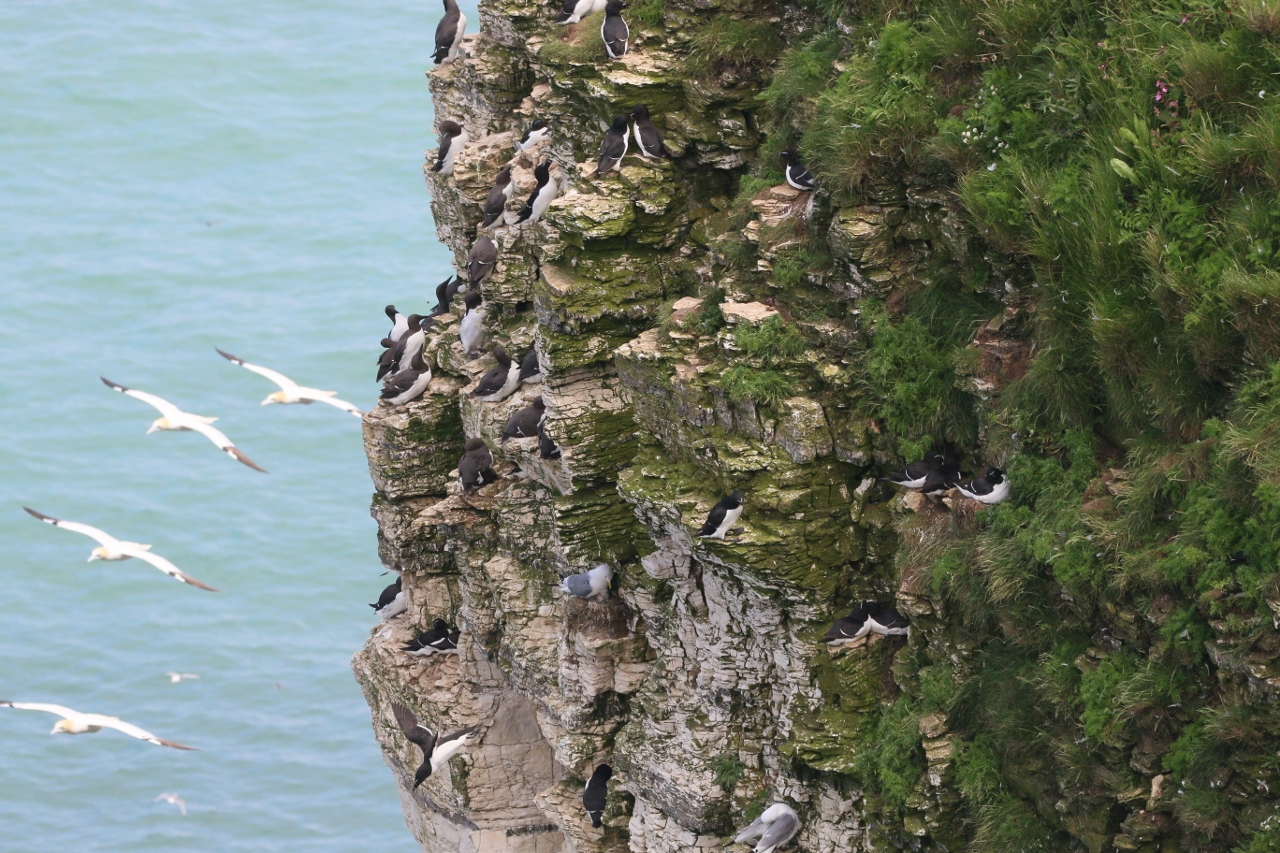
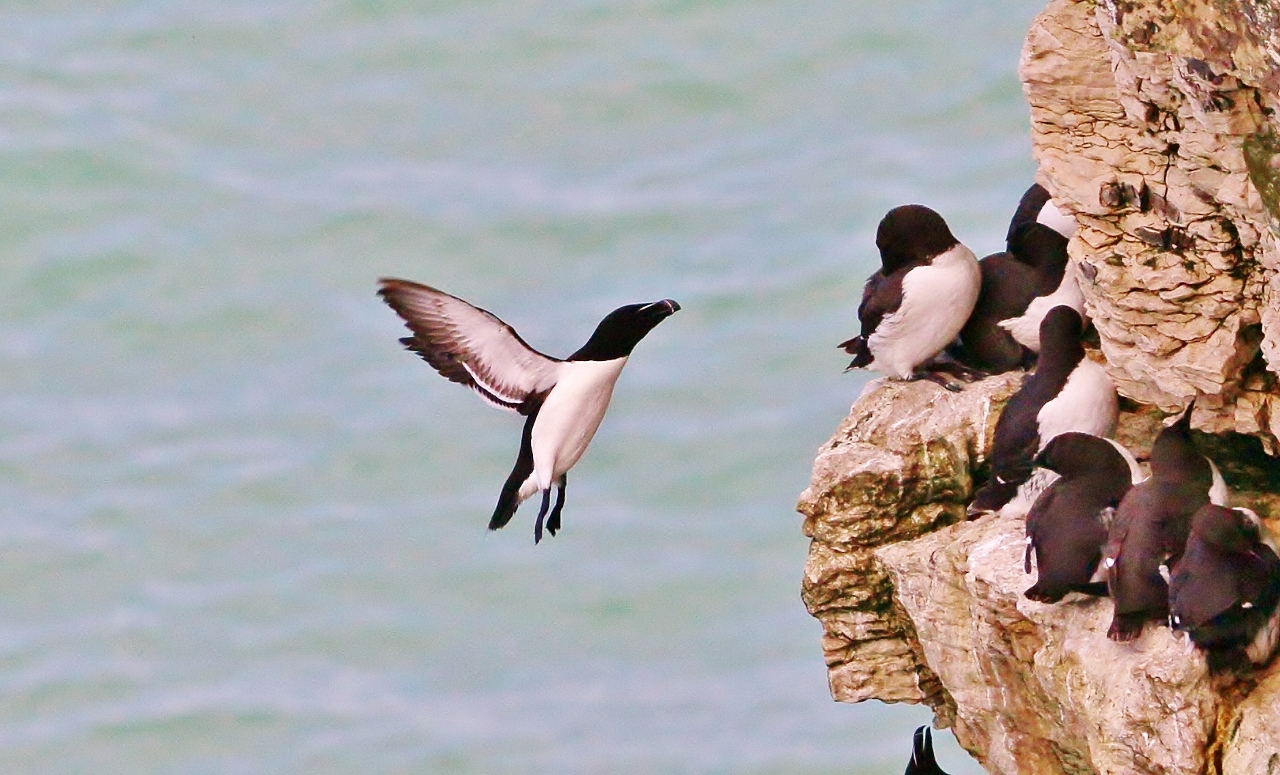
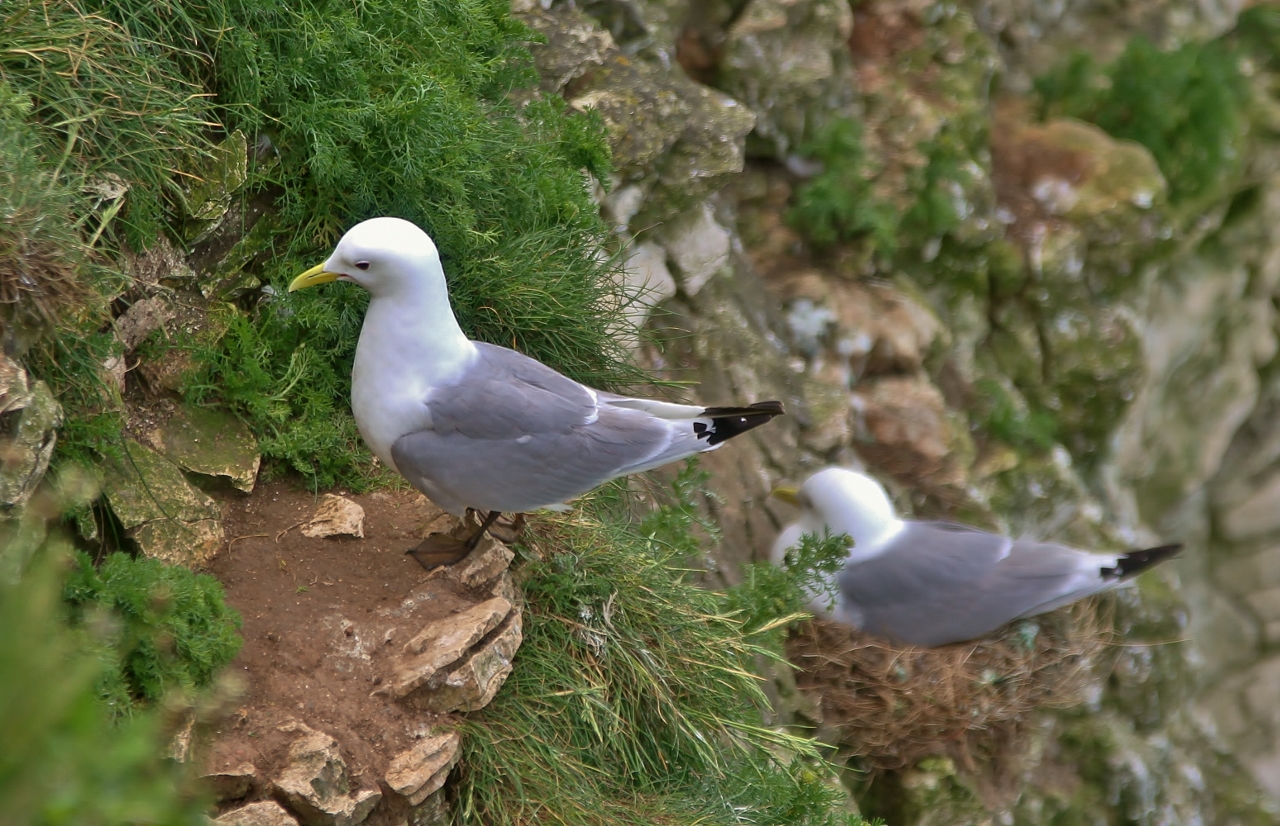
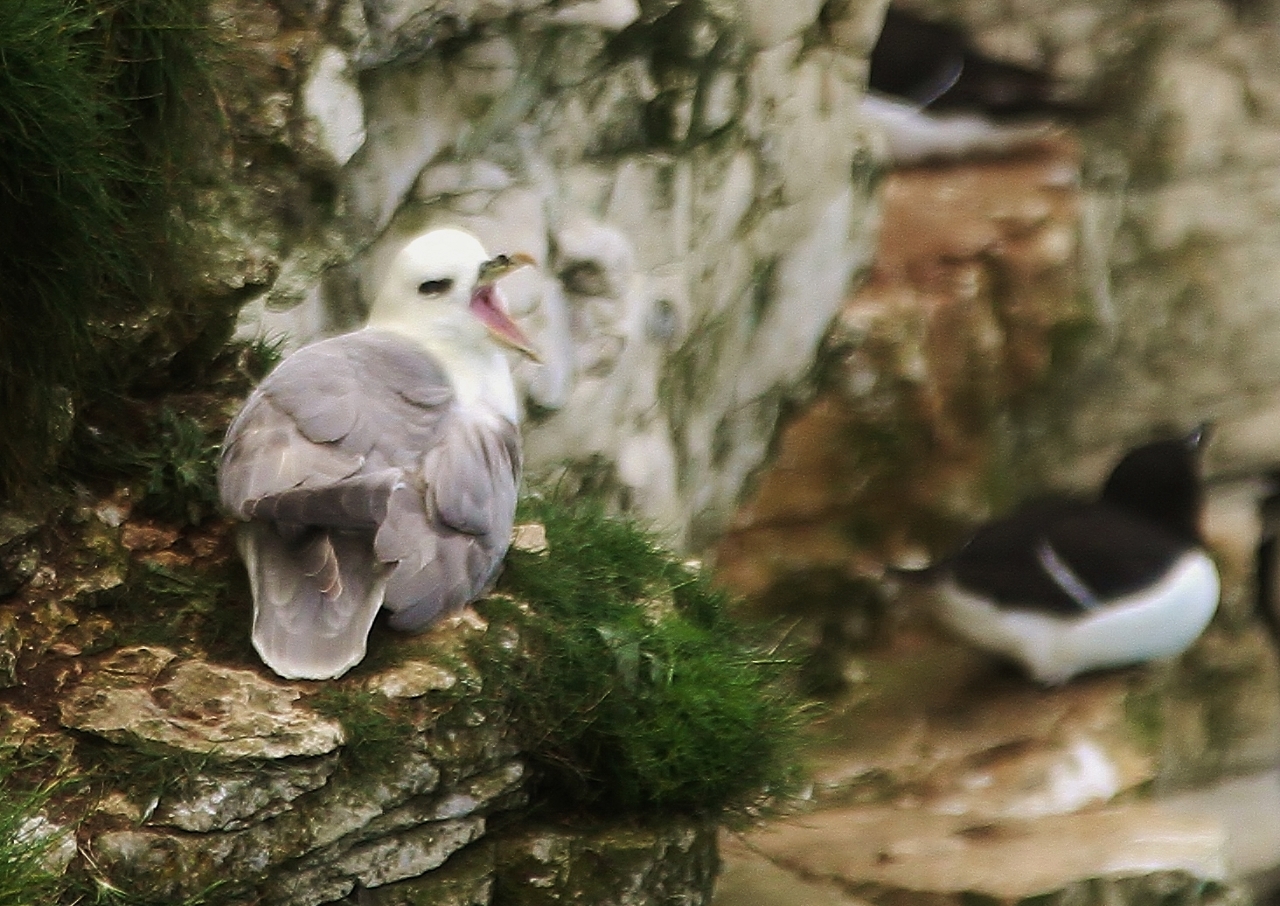
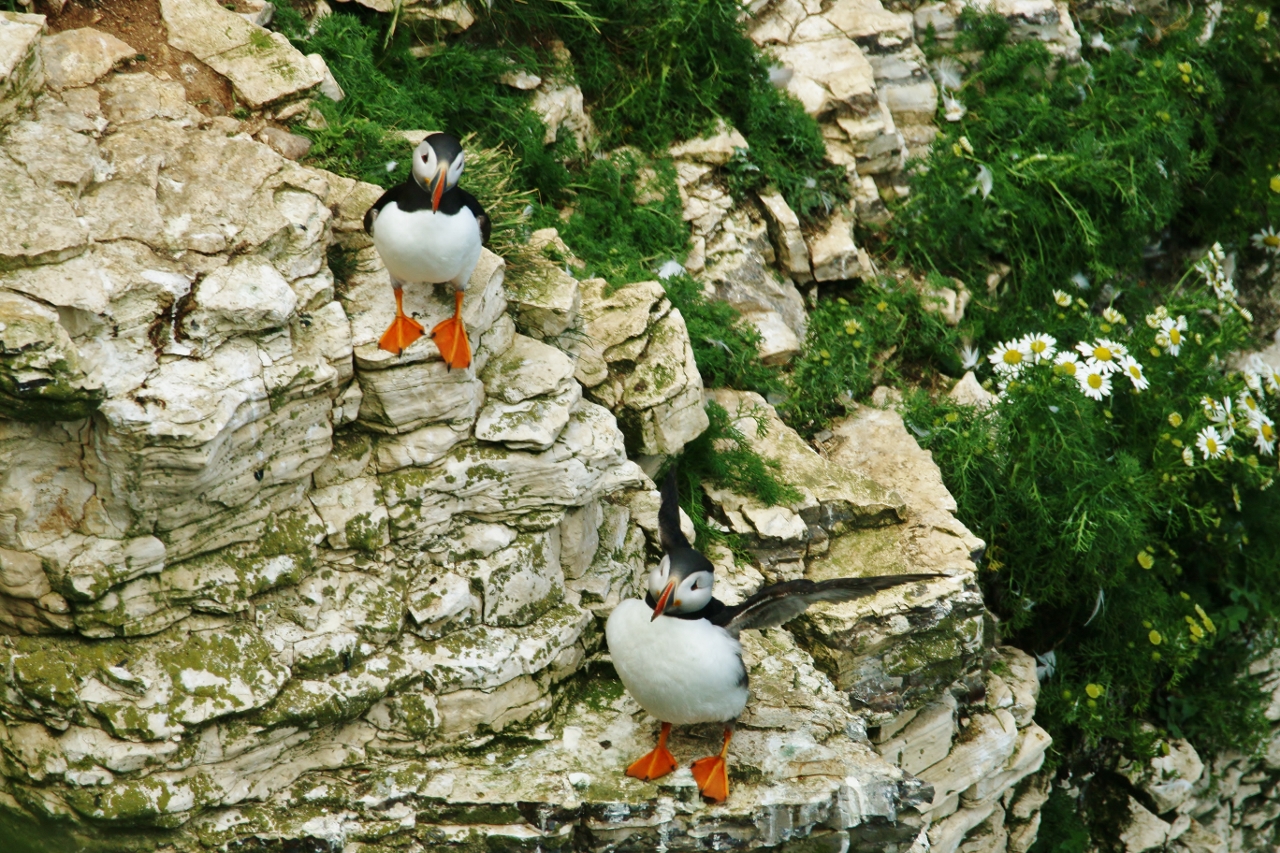
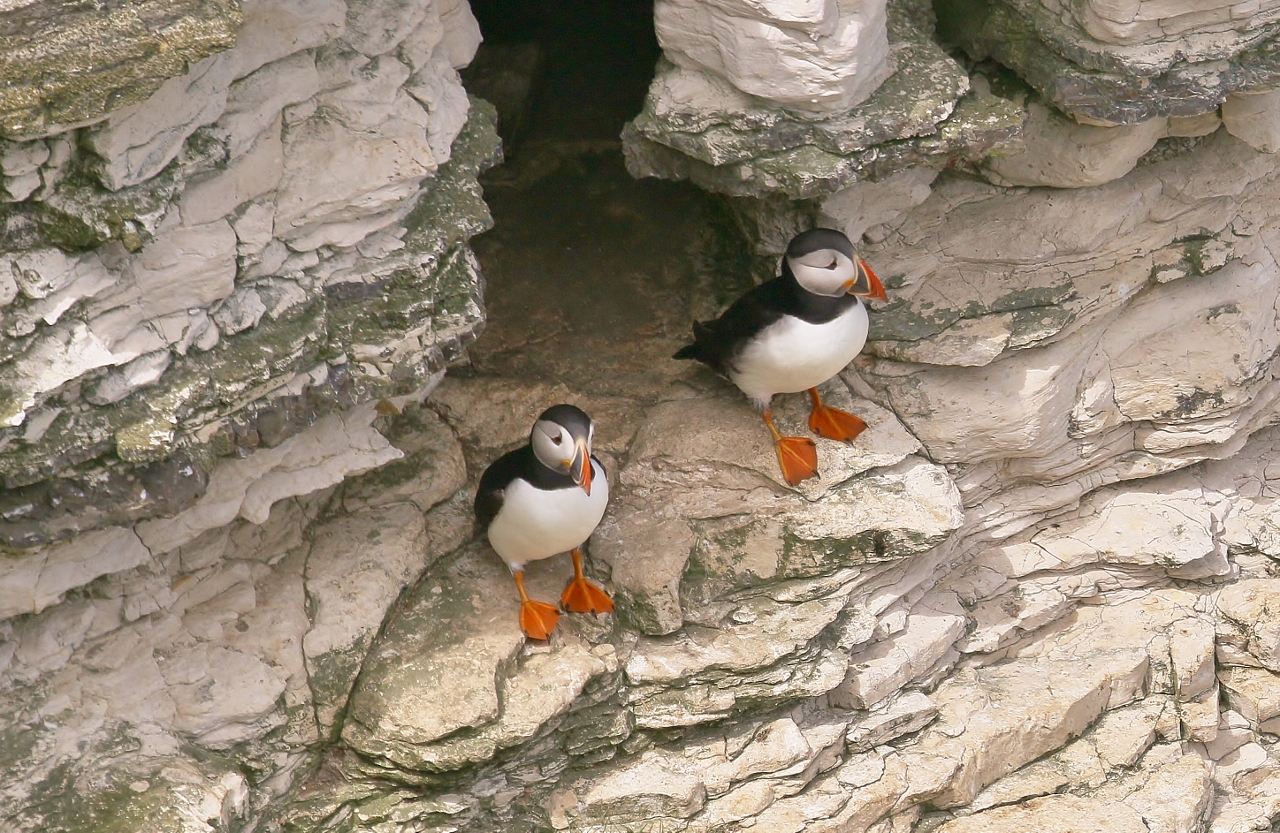
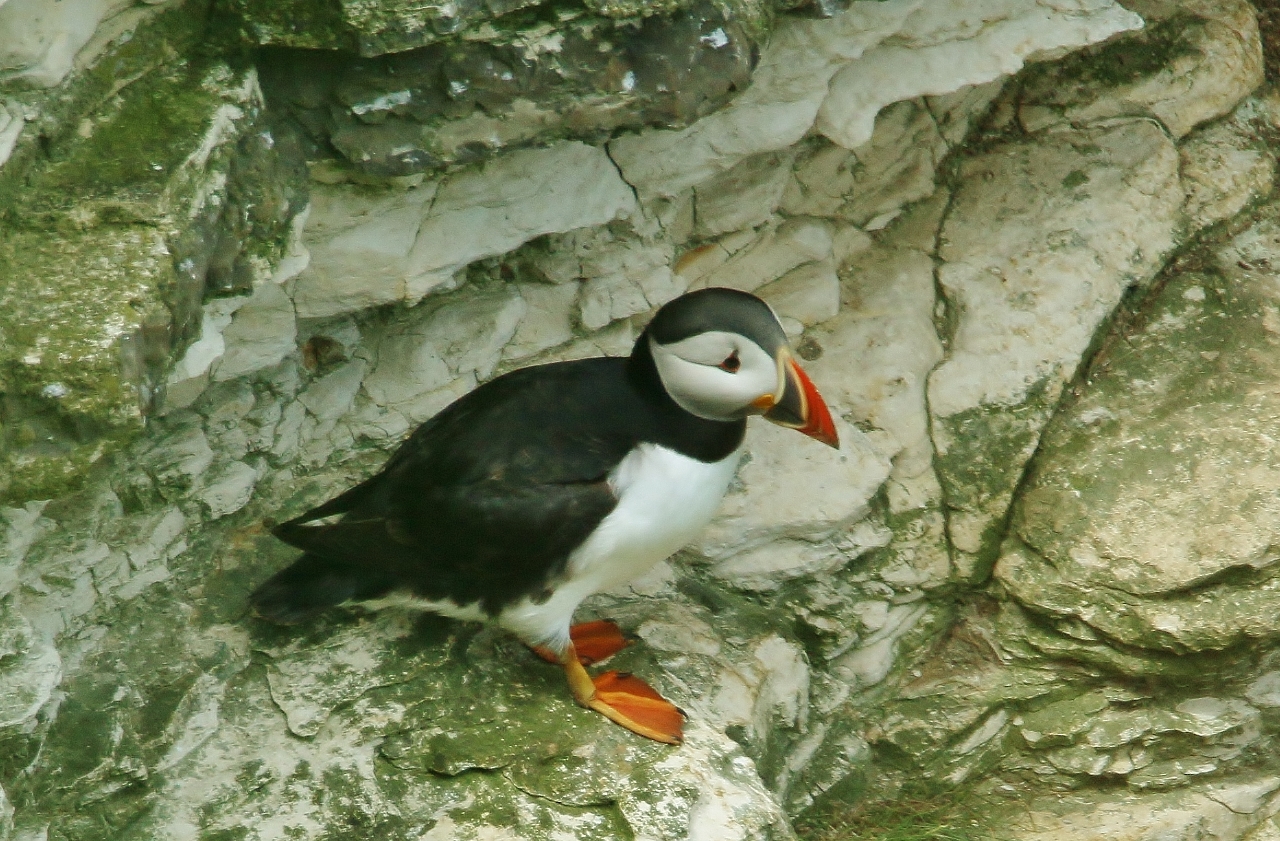
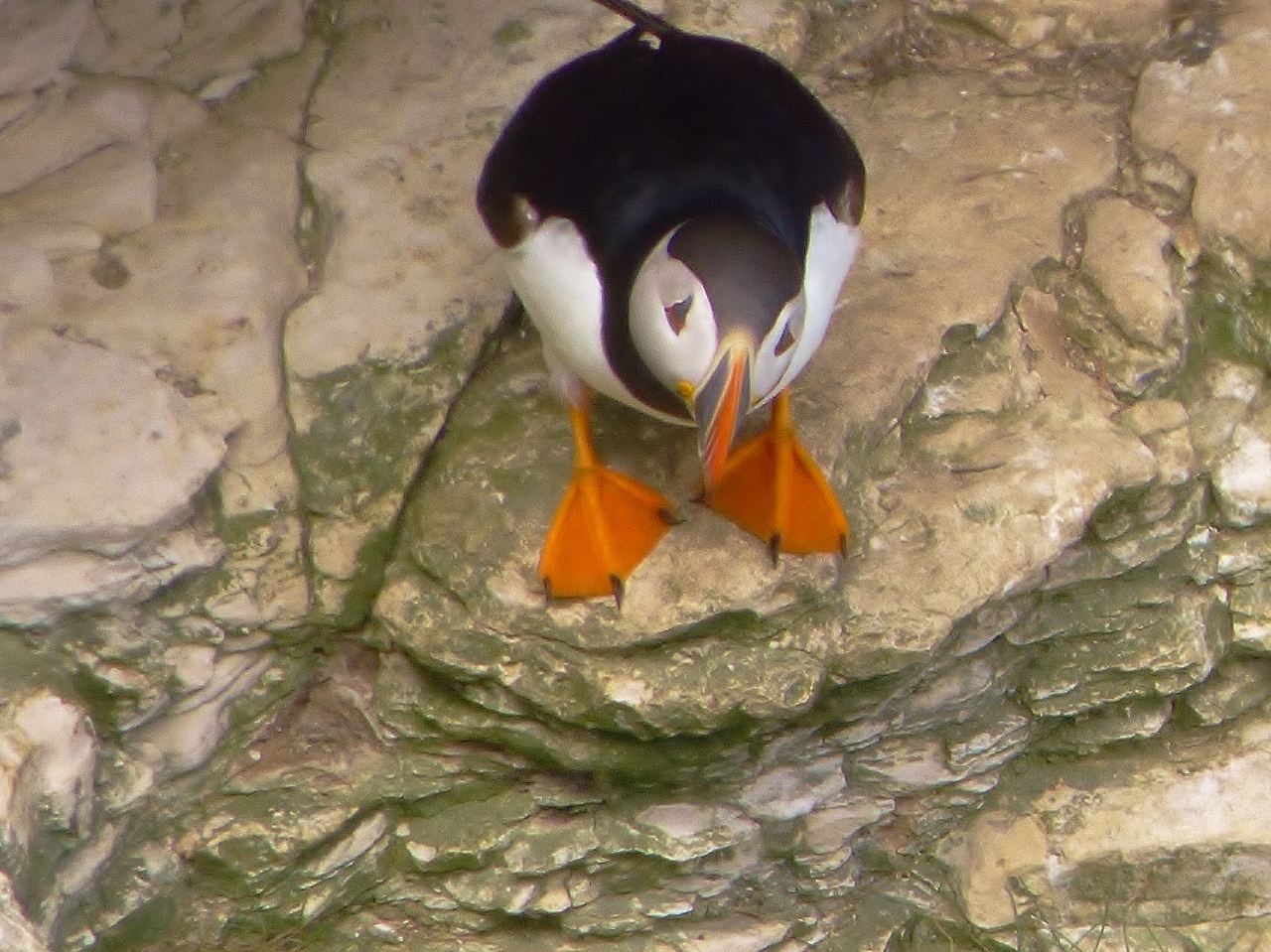
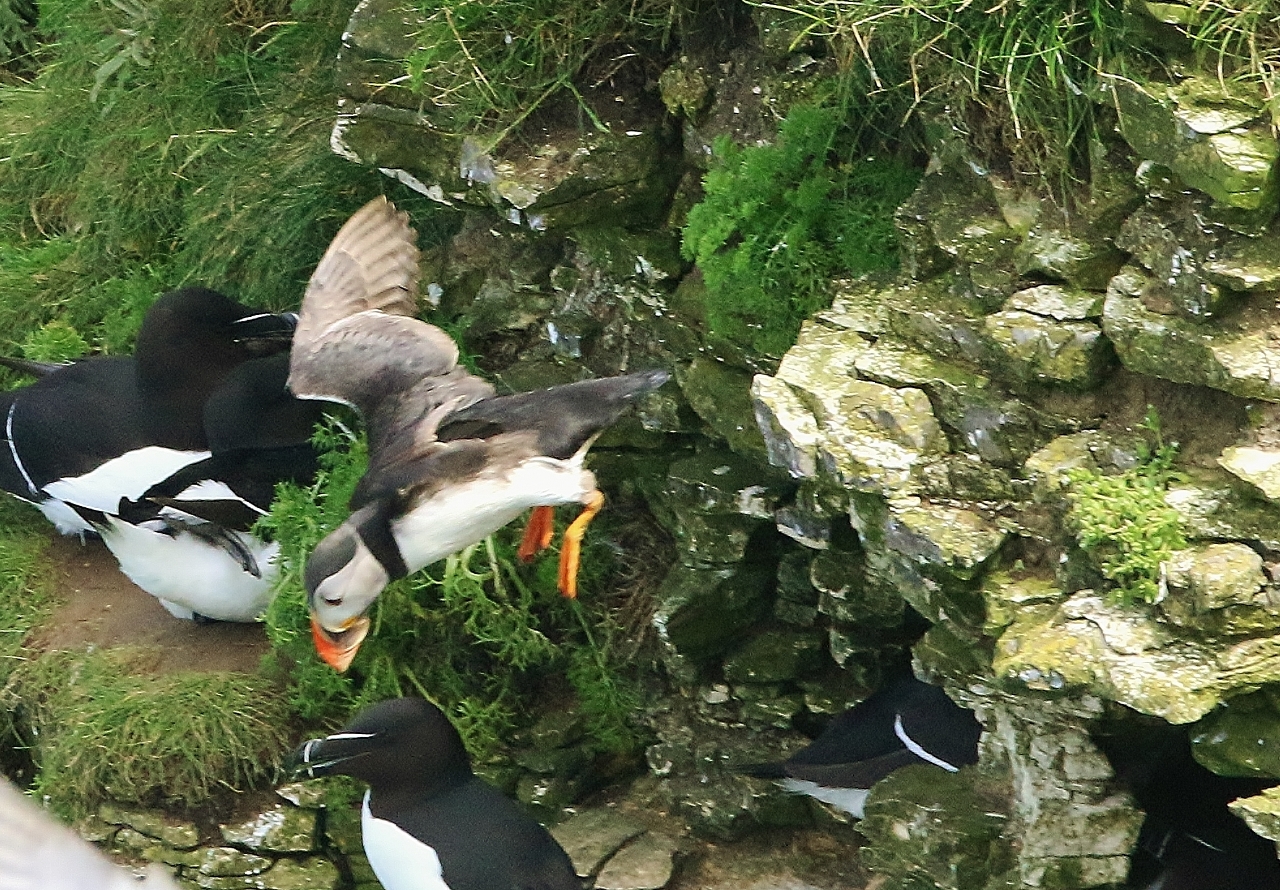
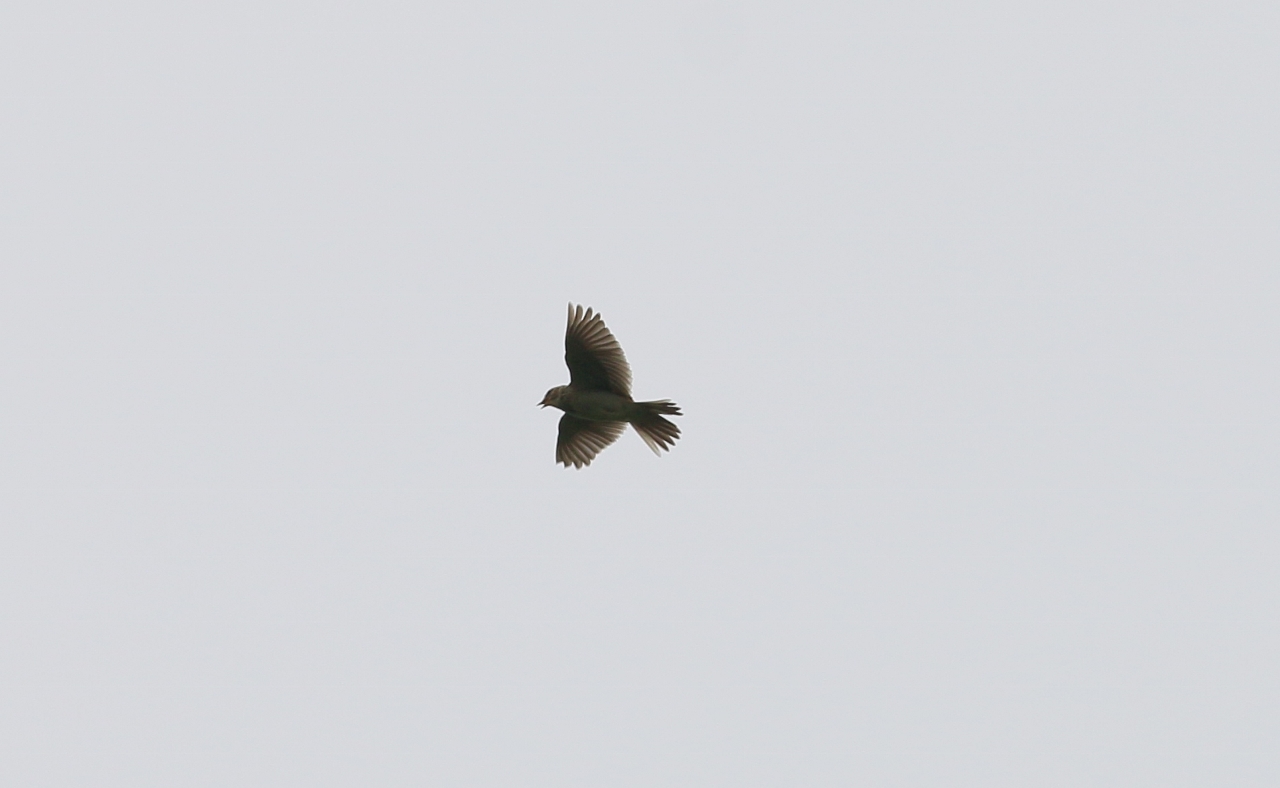






Recent Comments